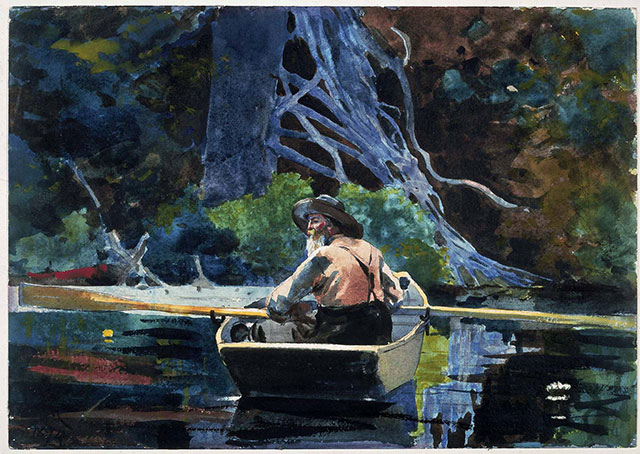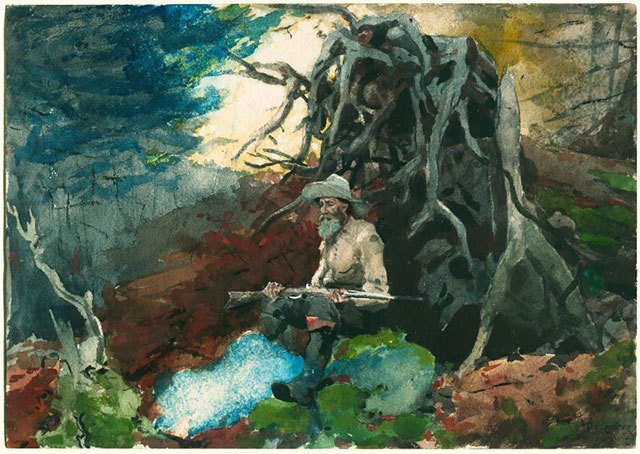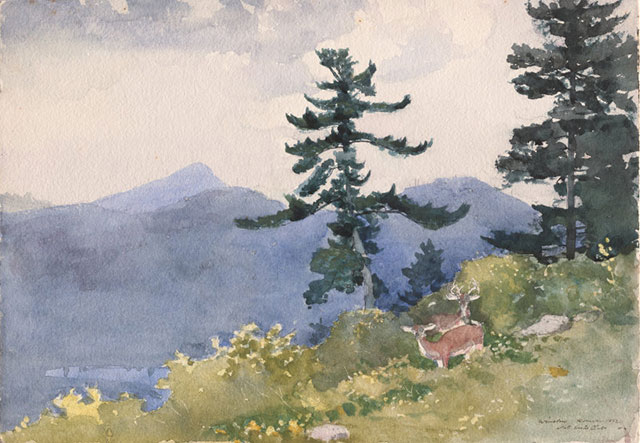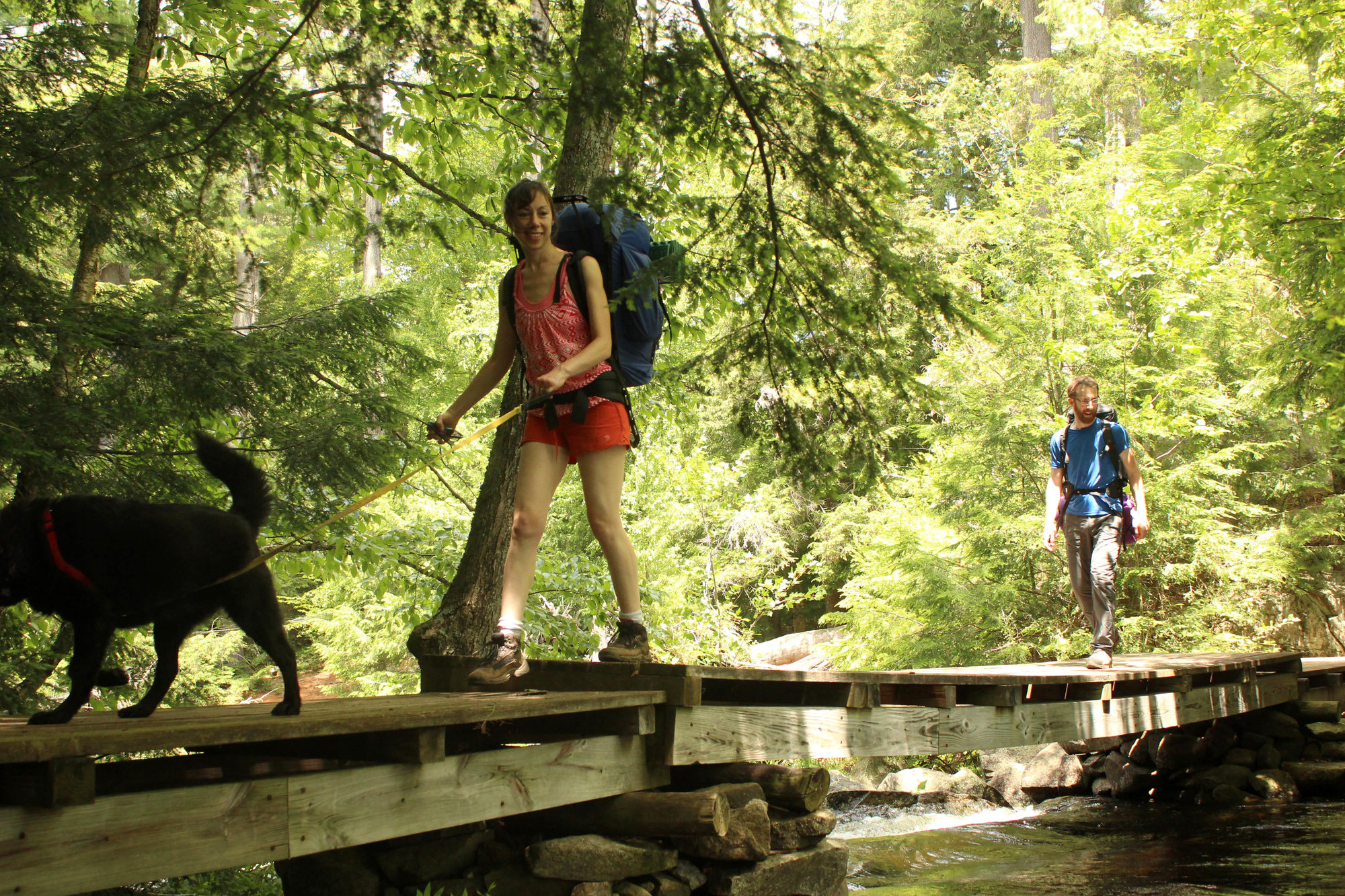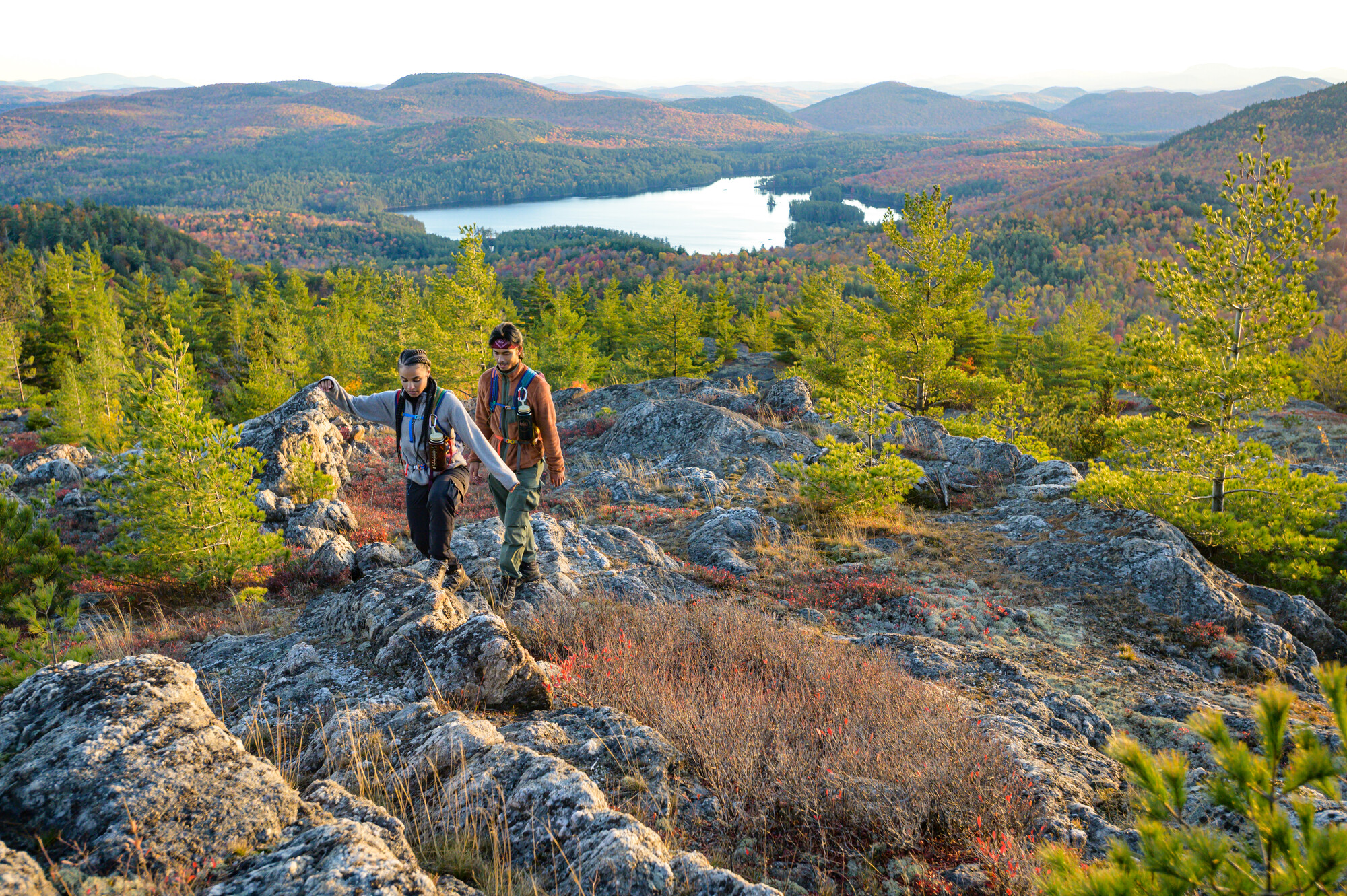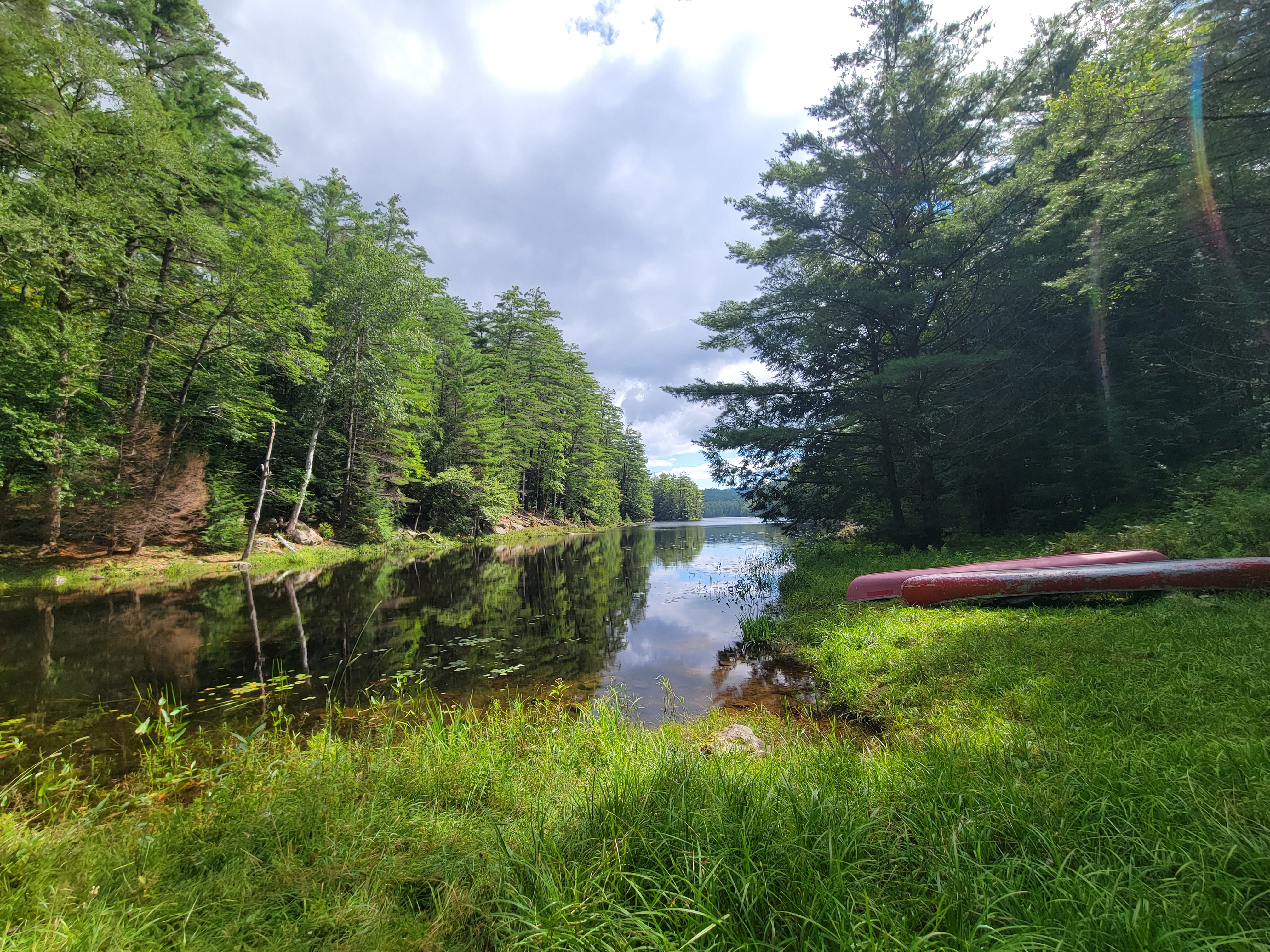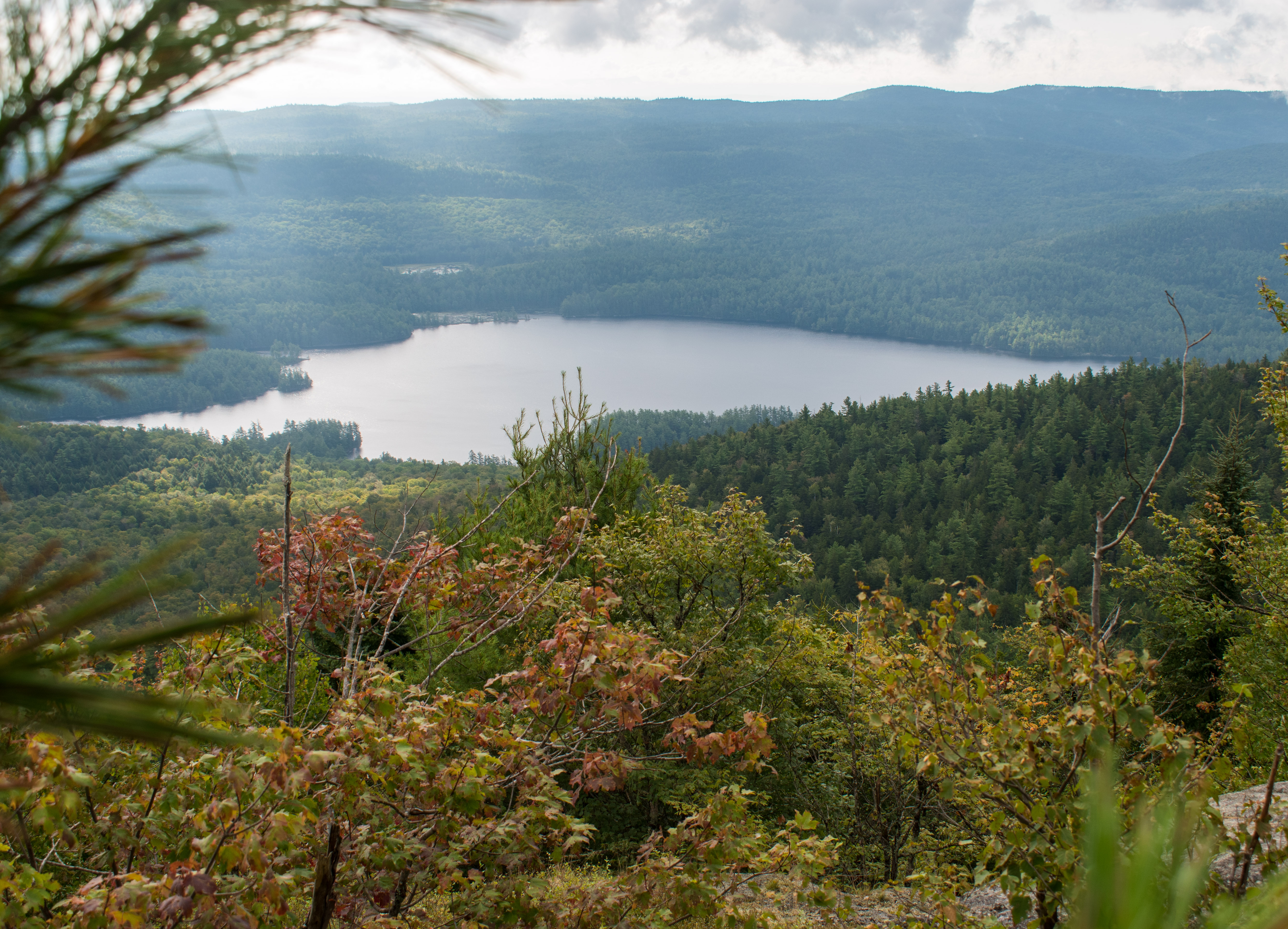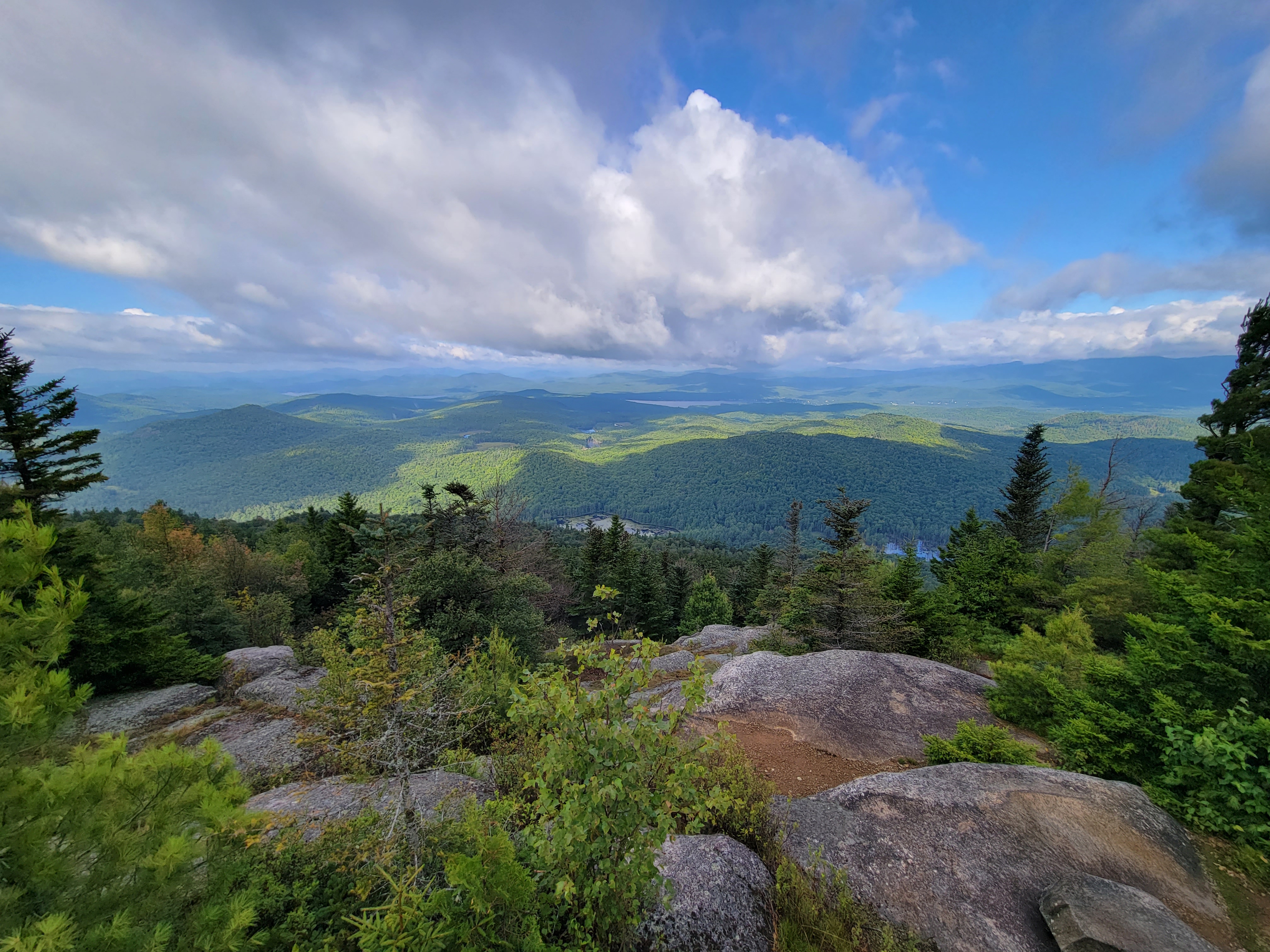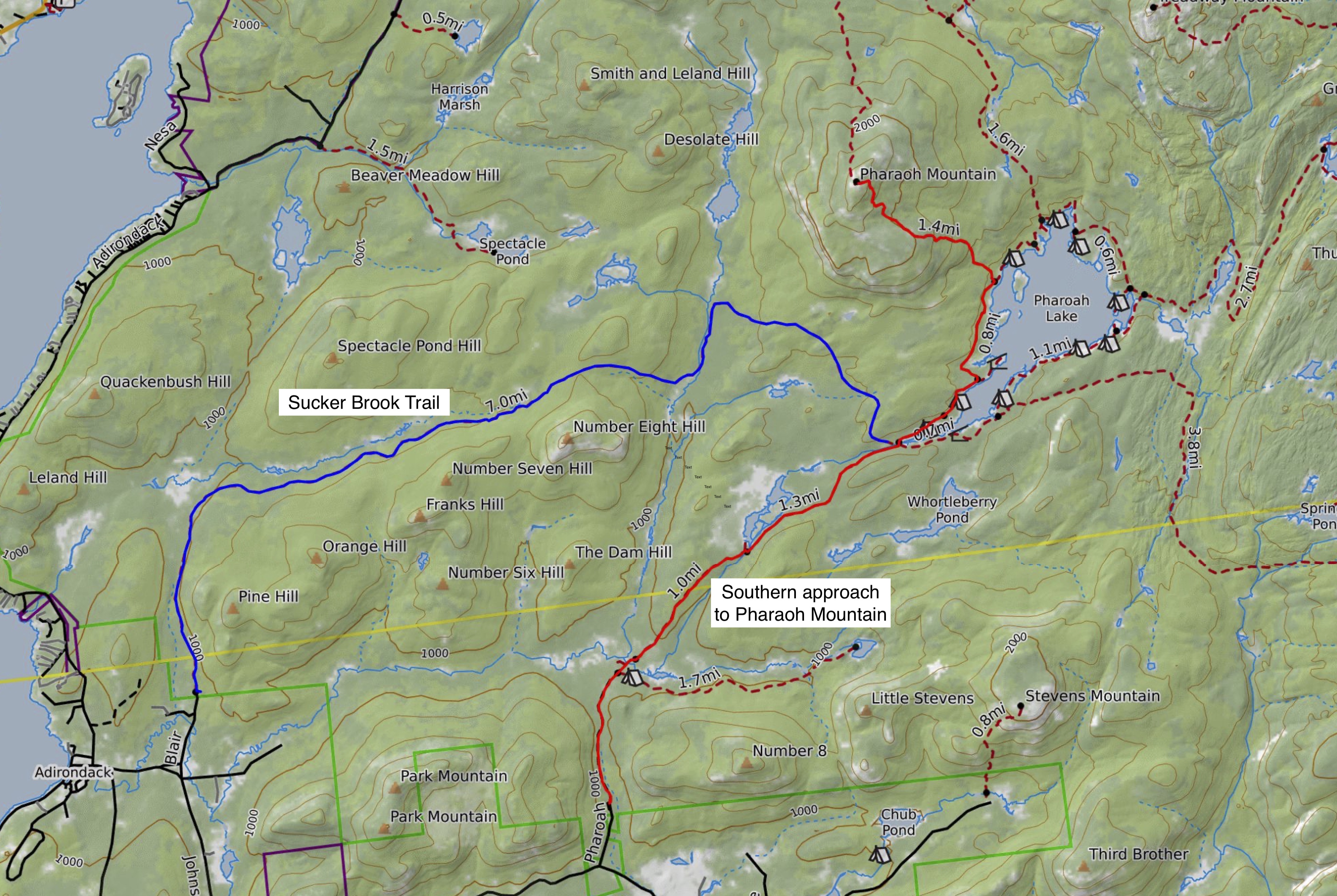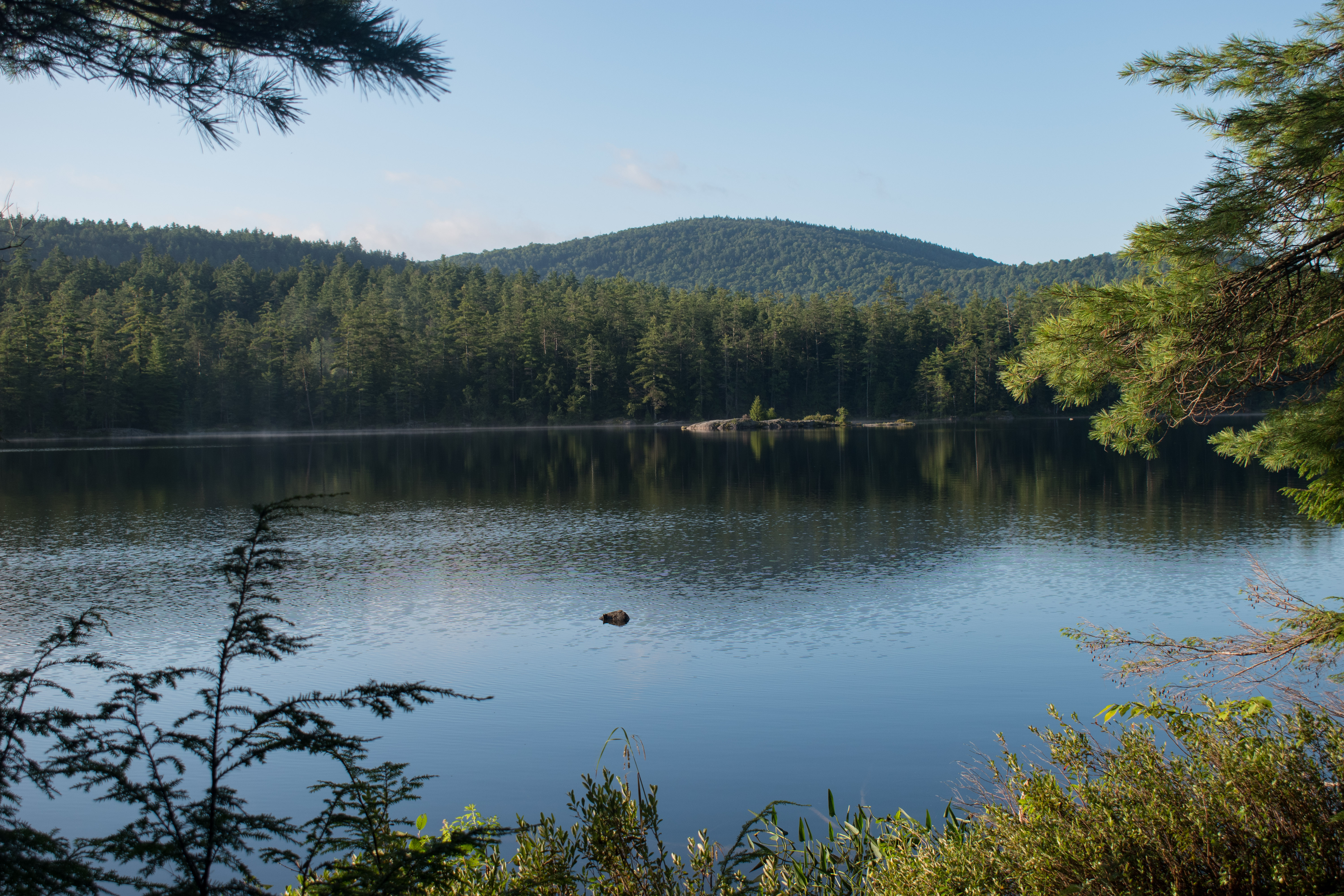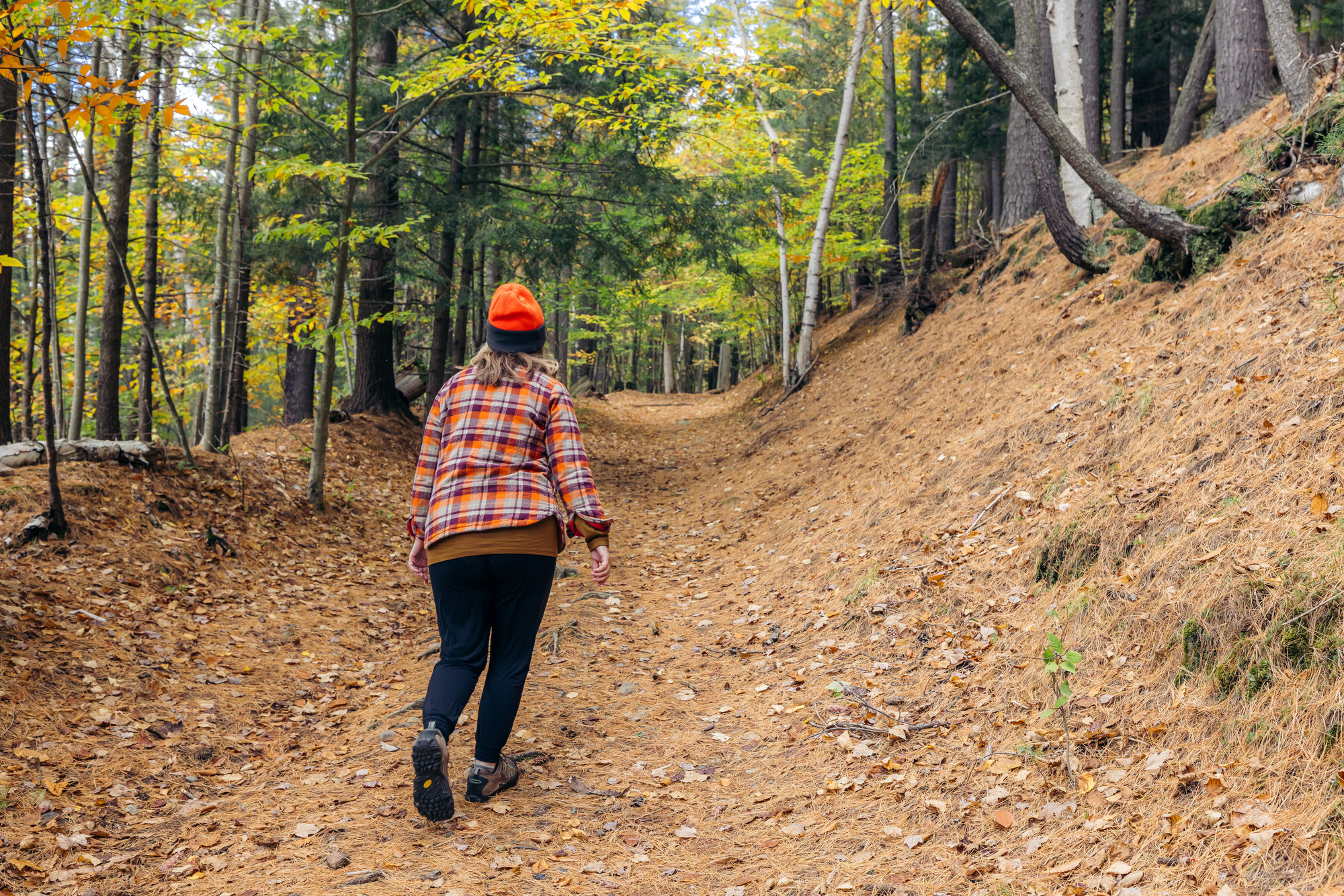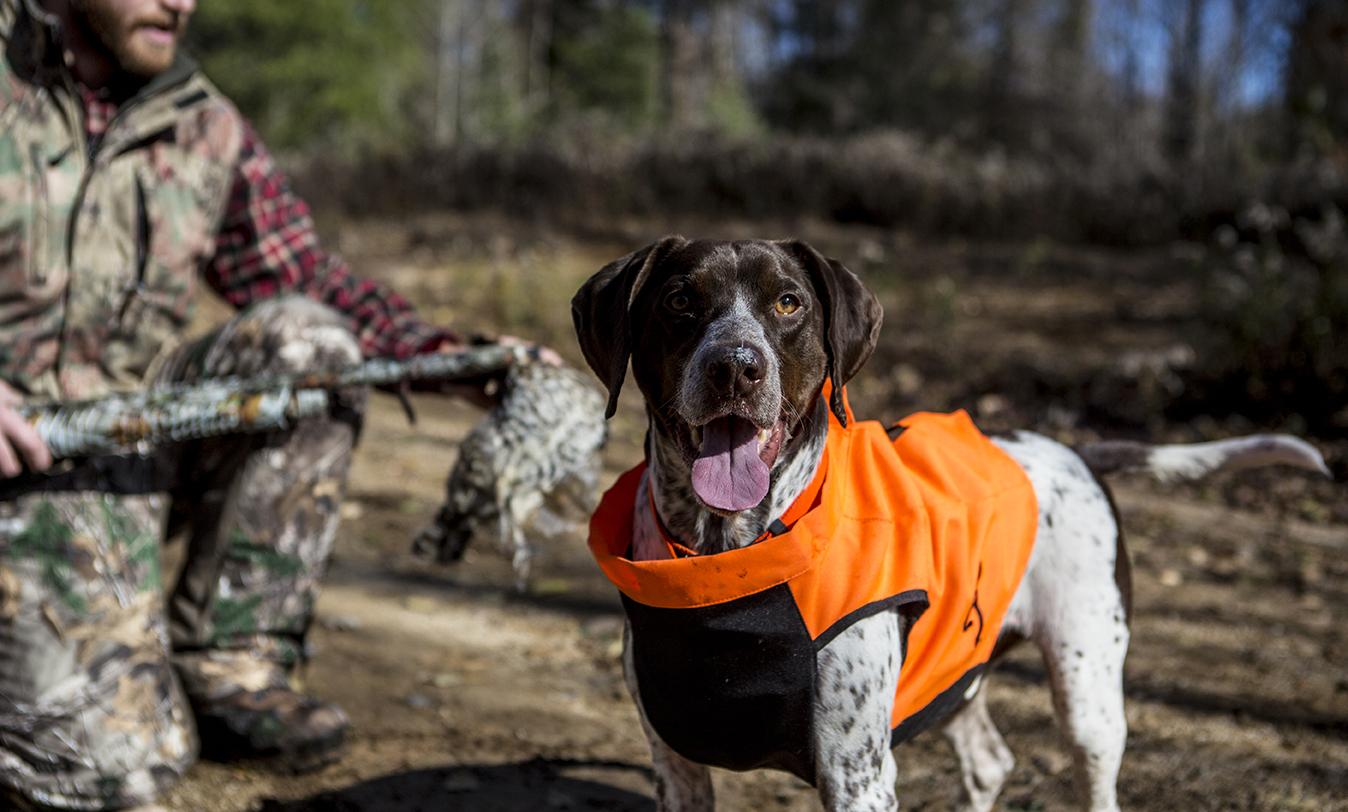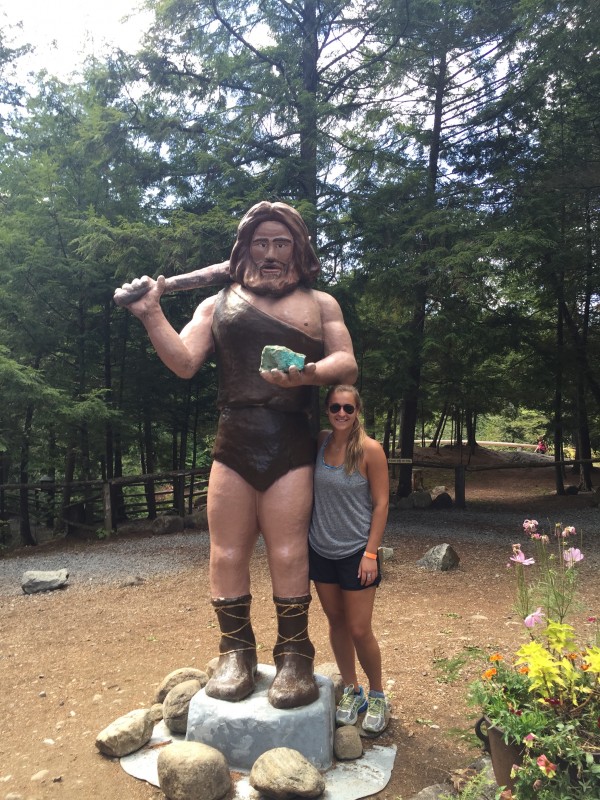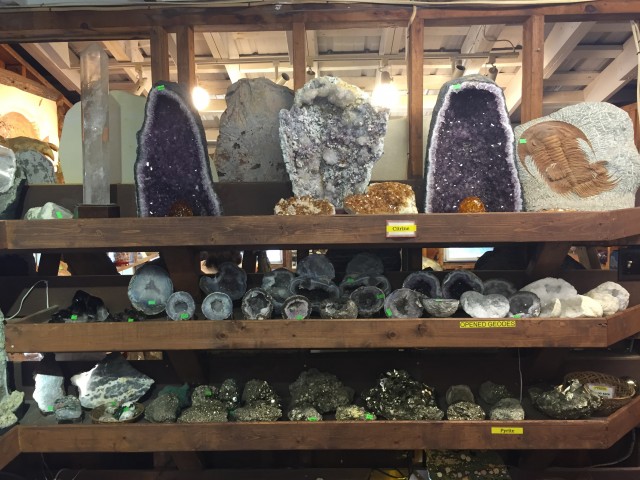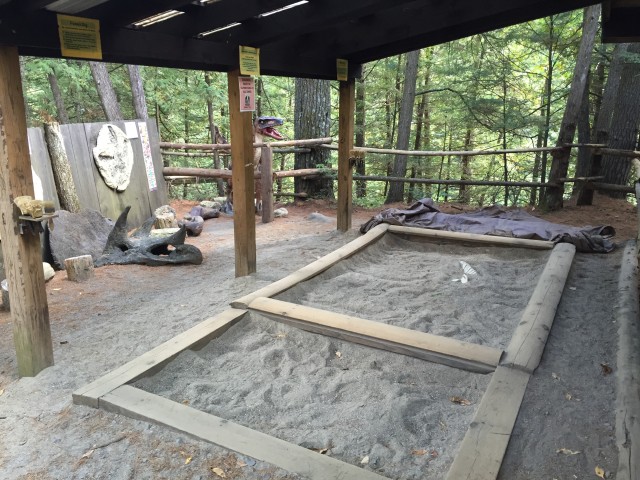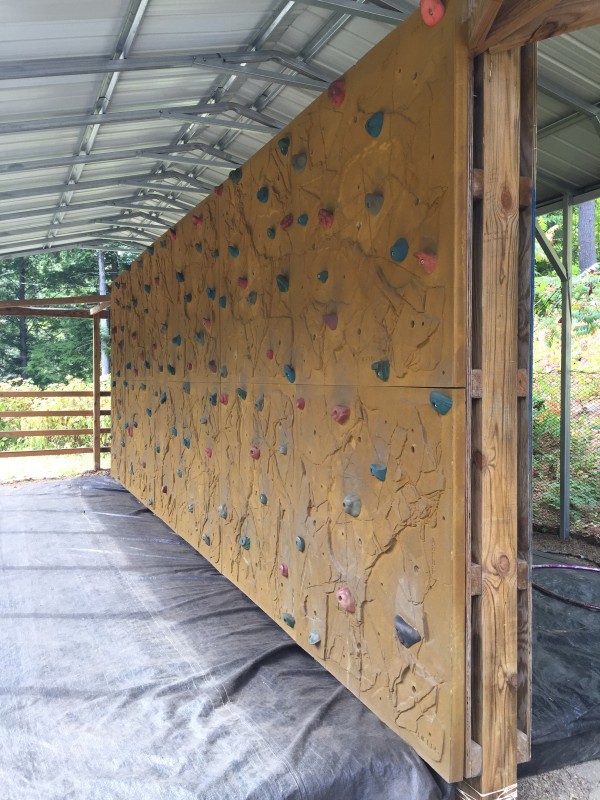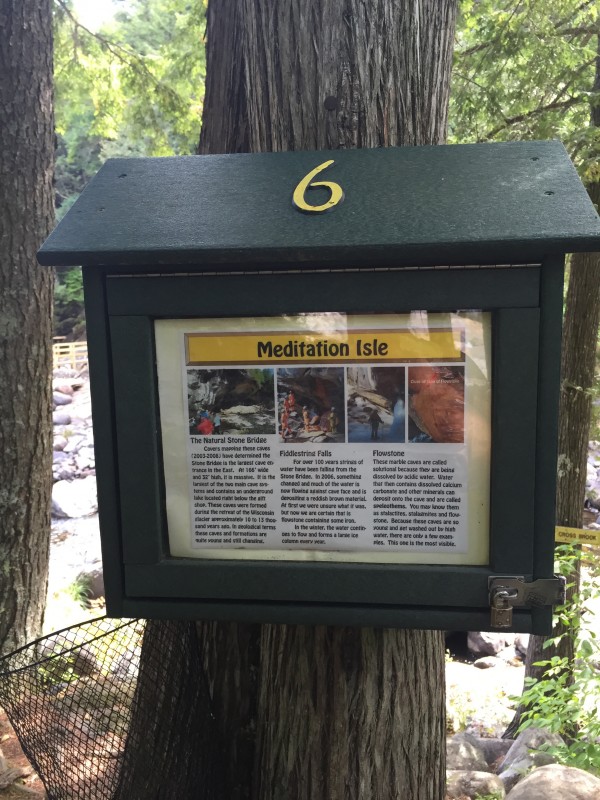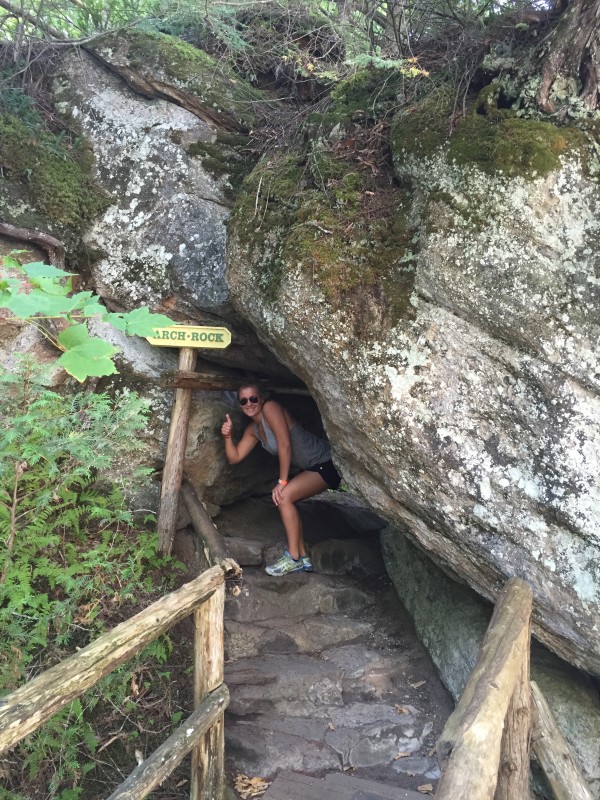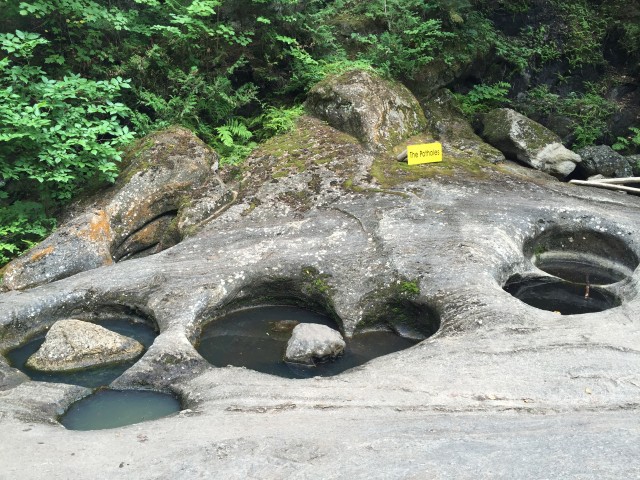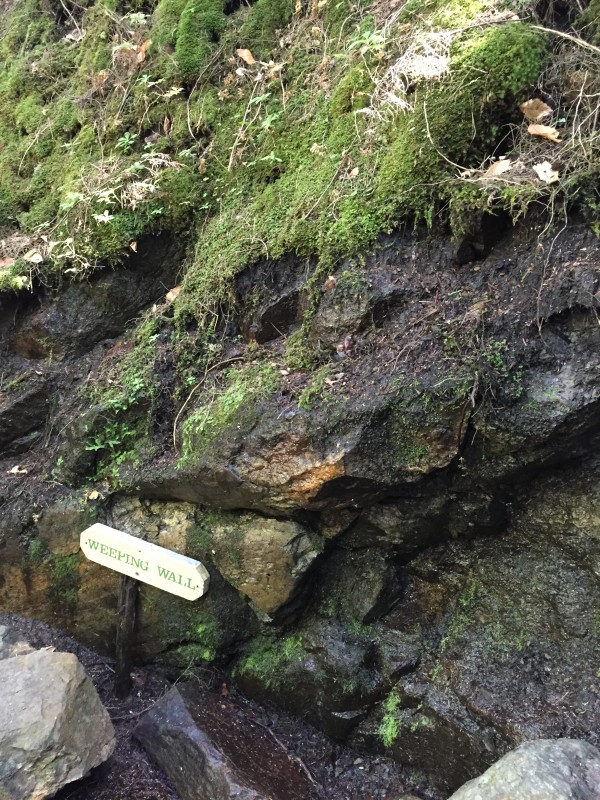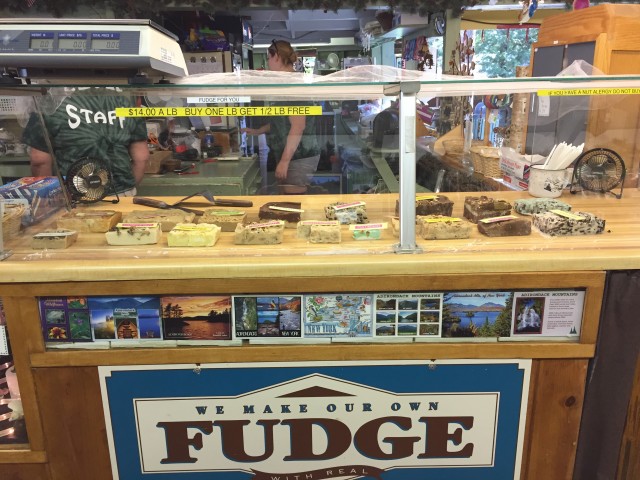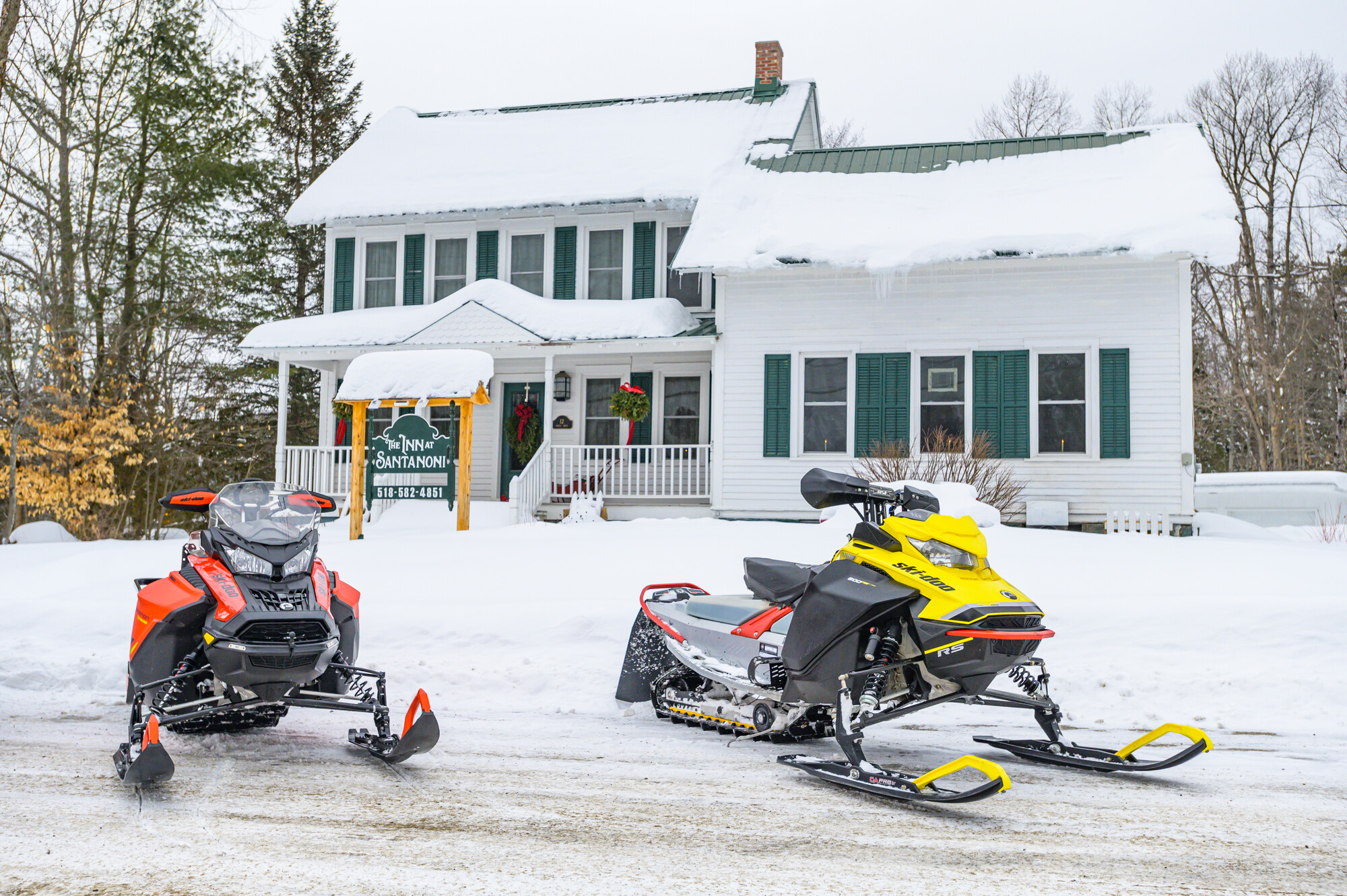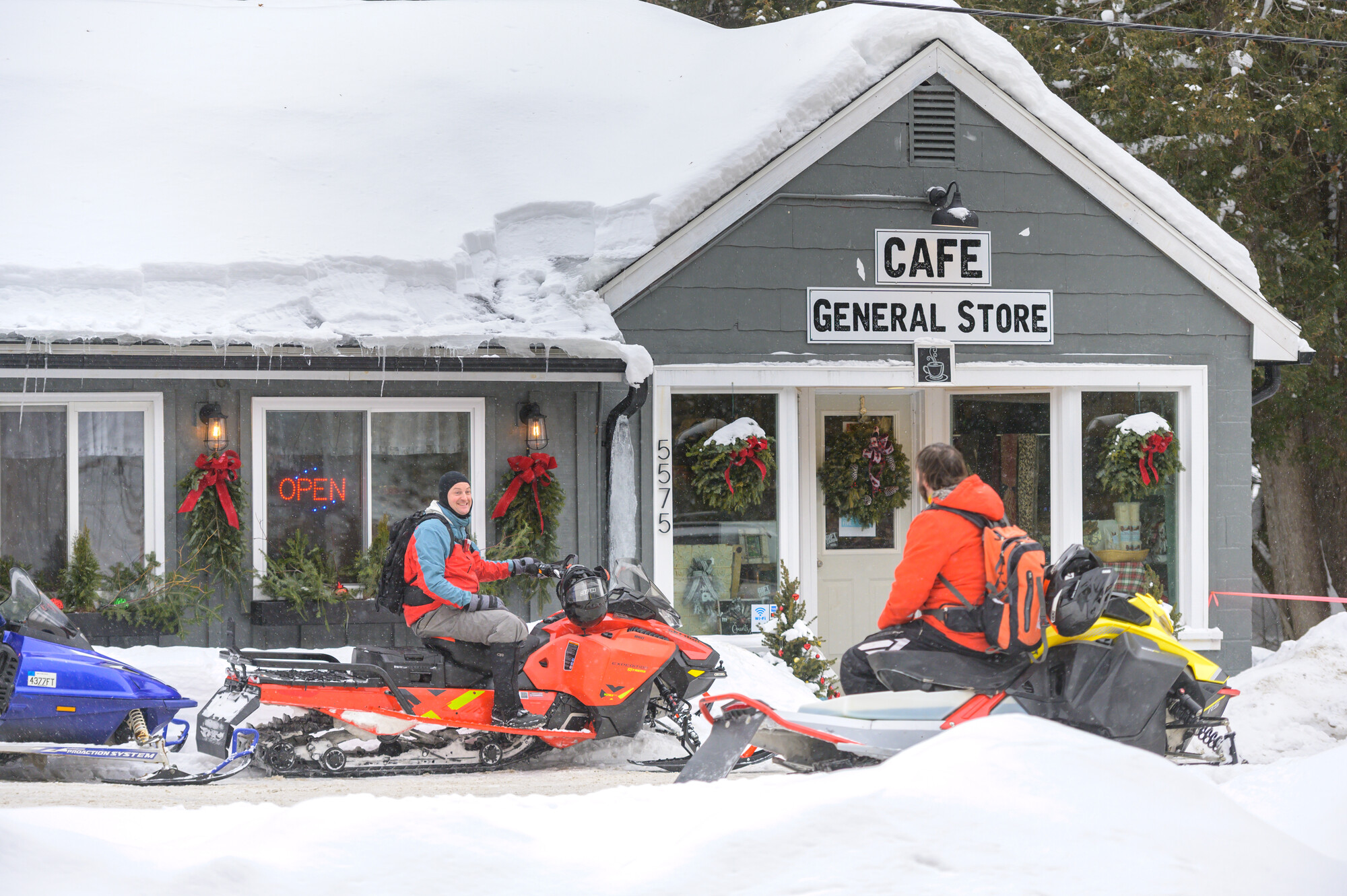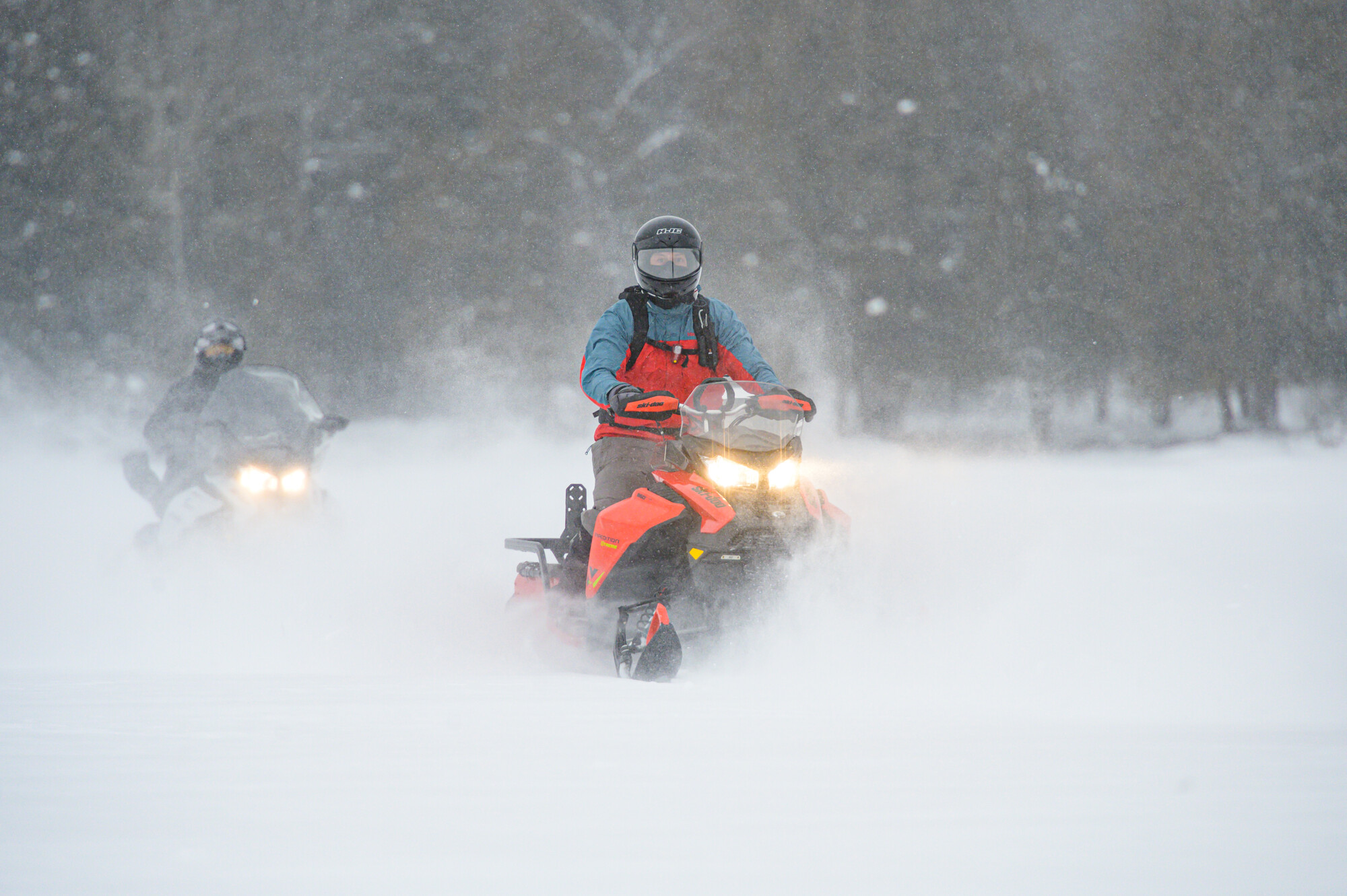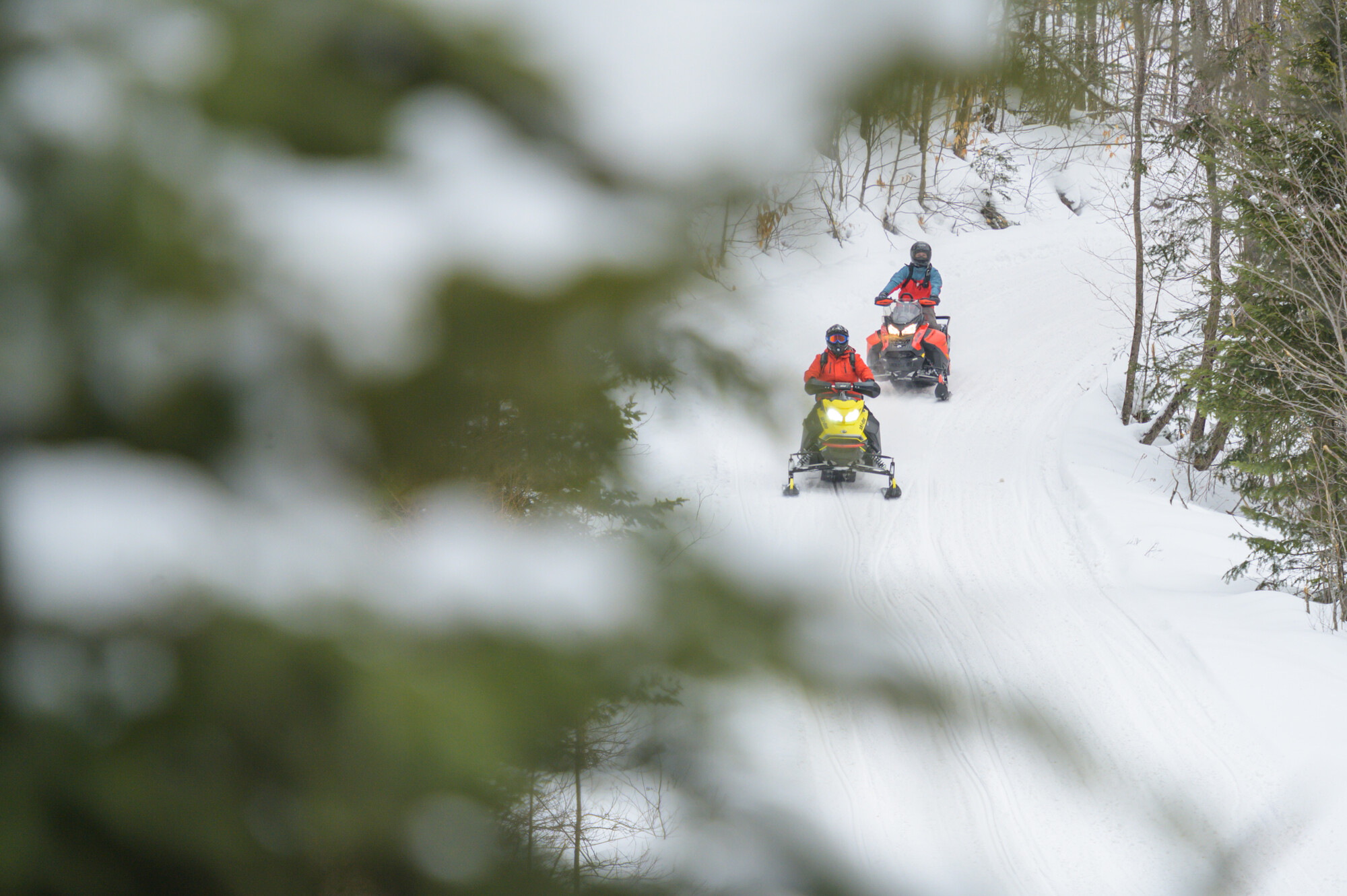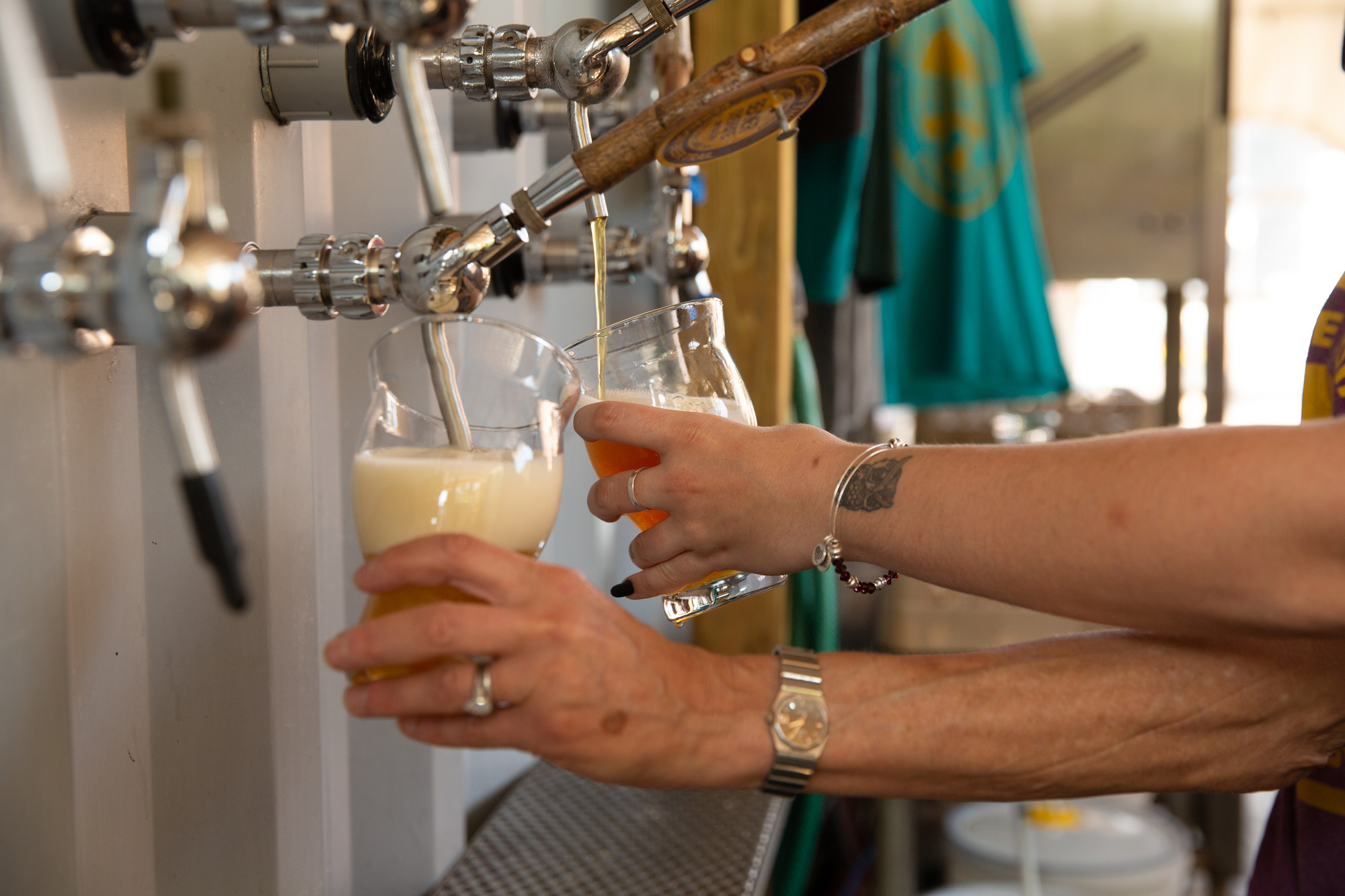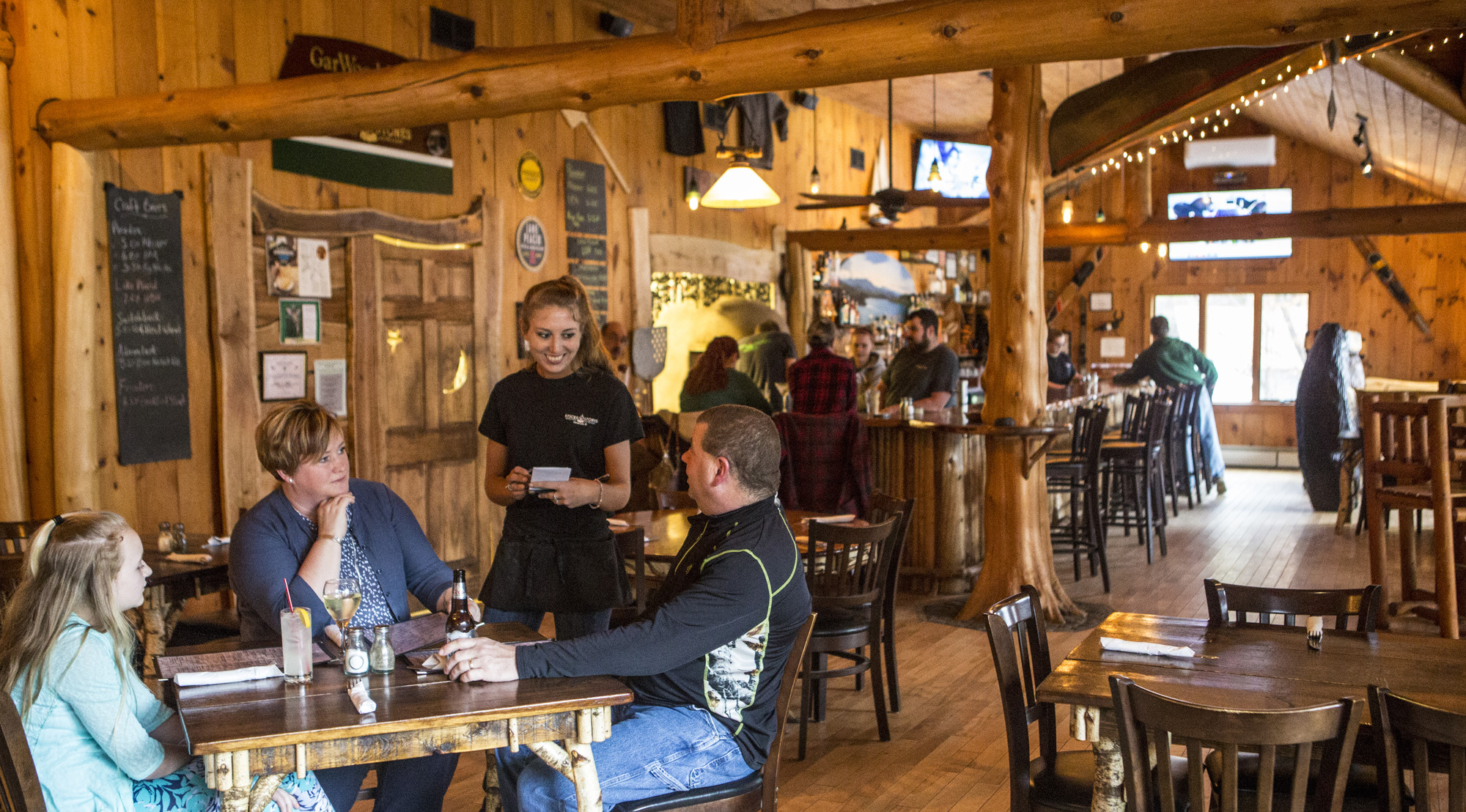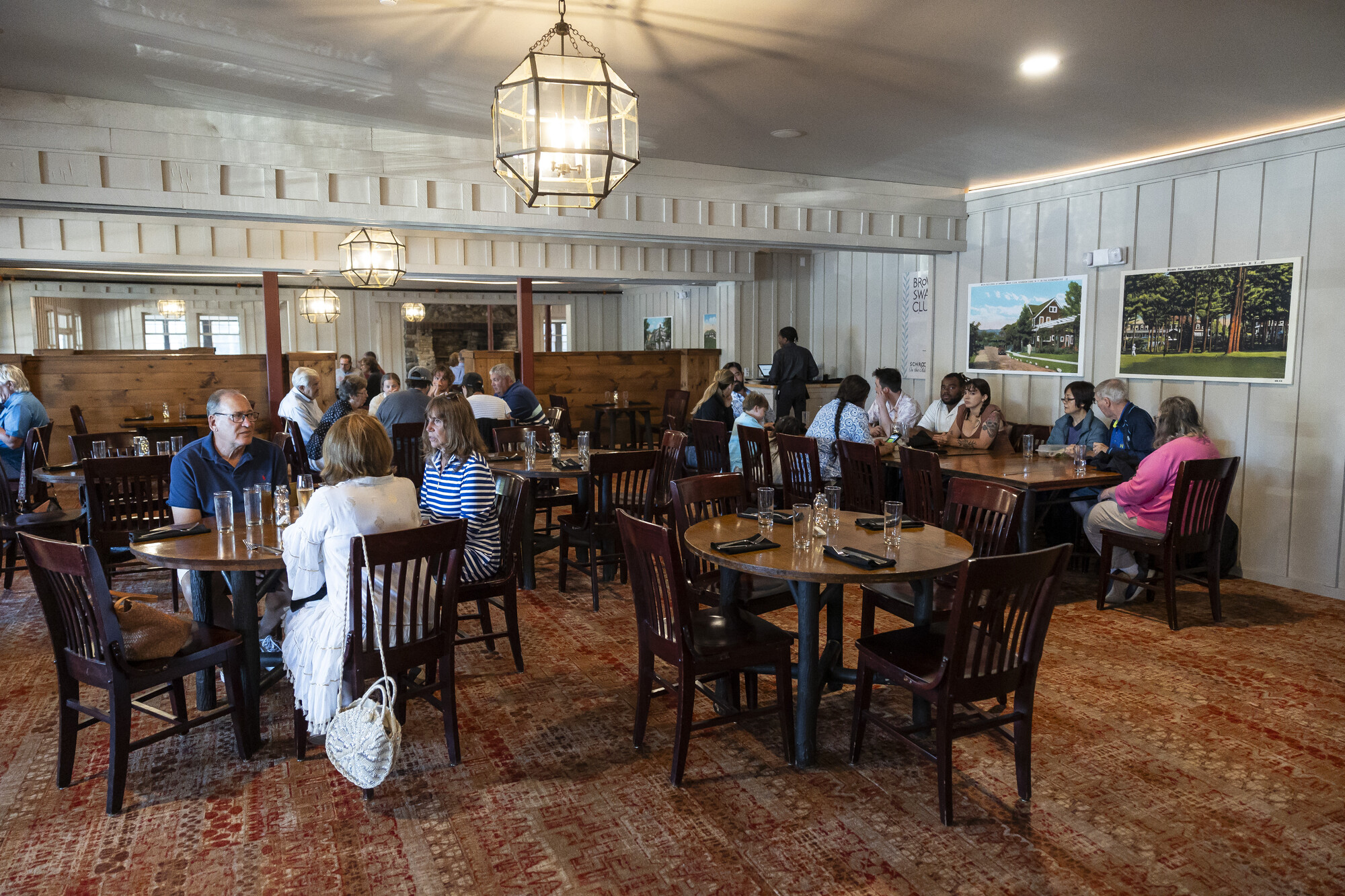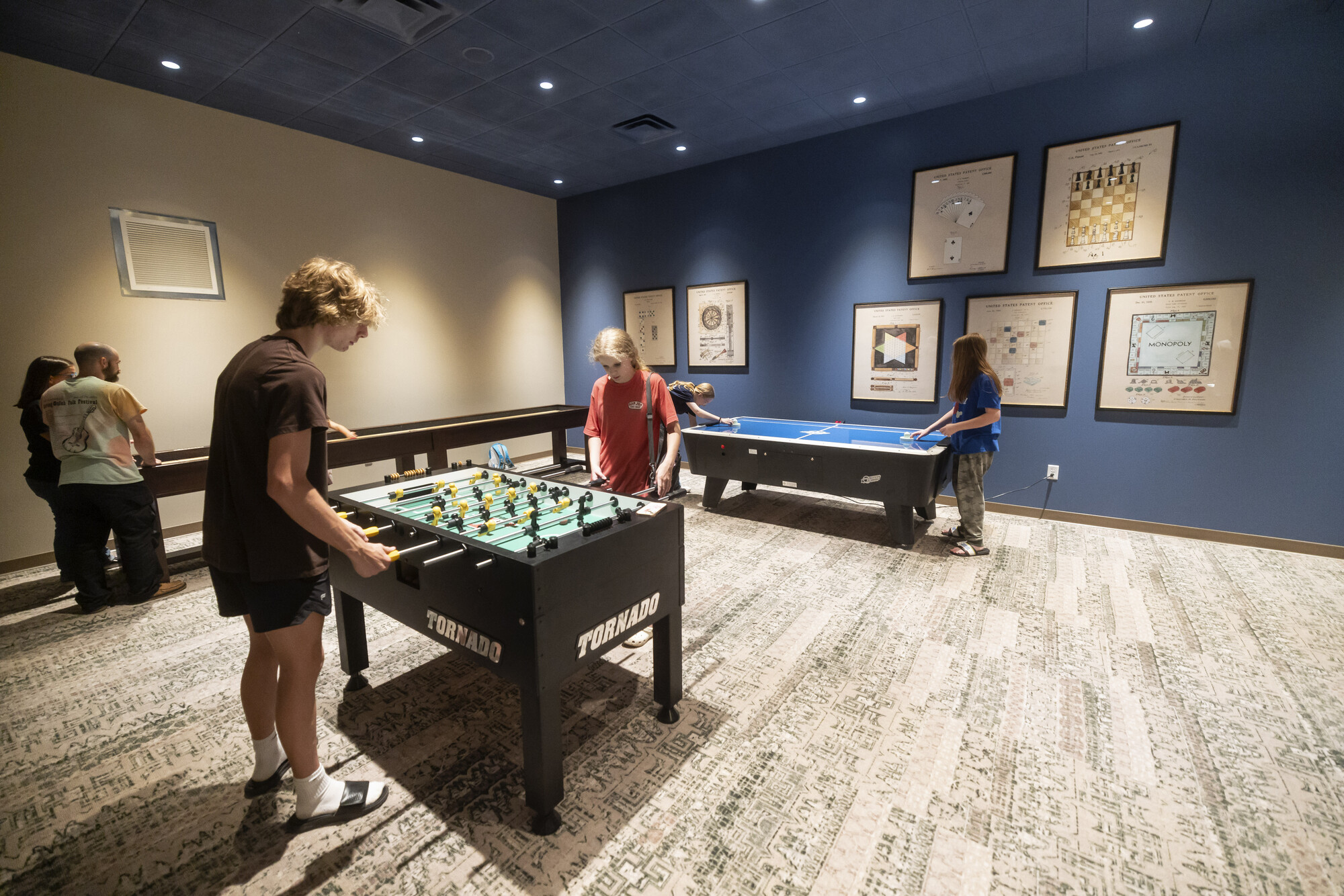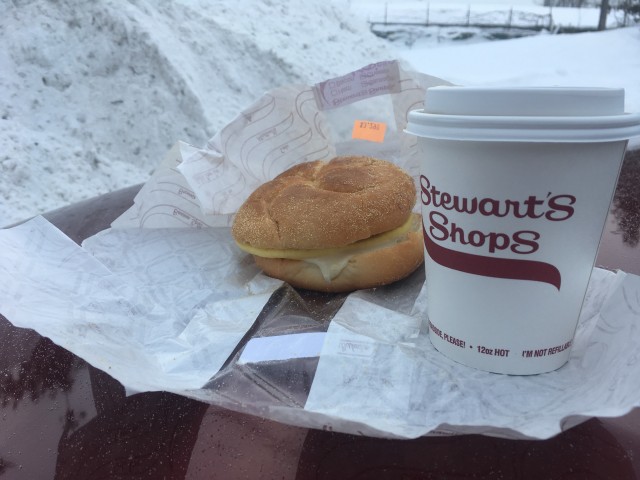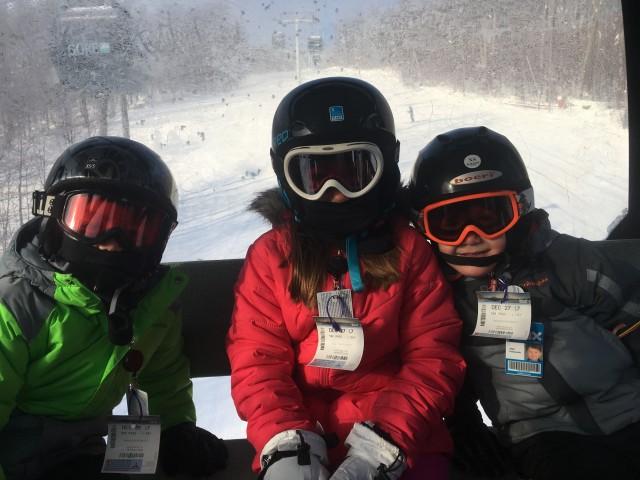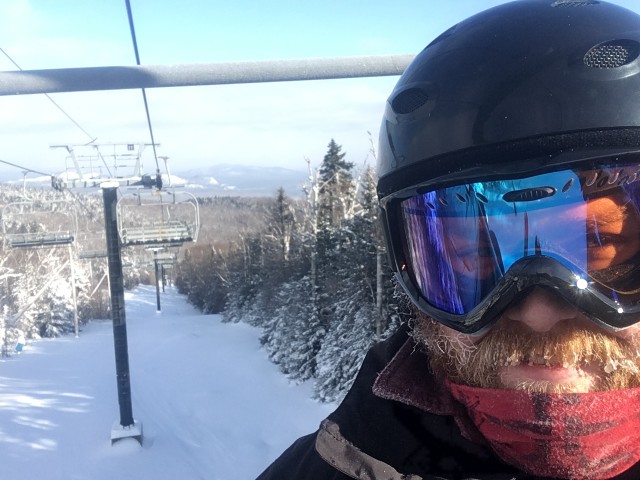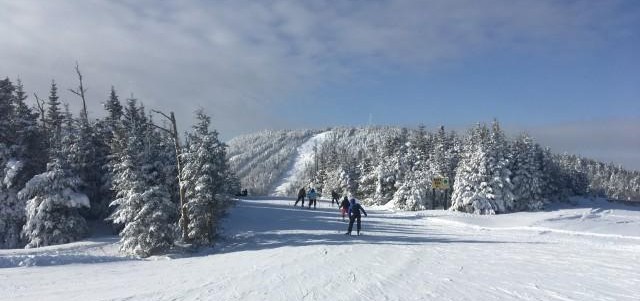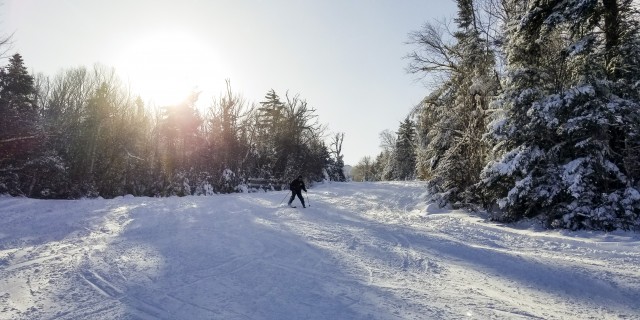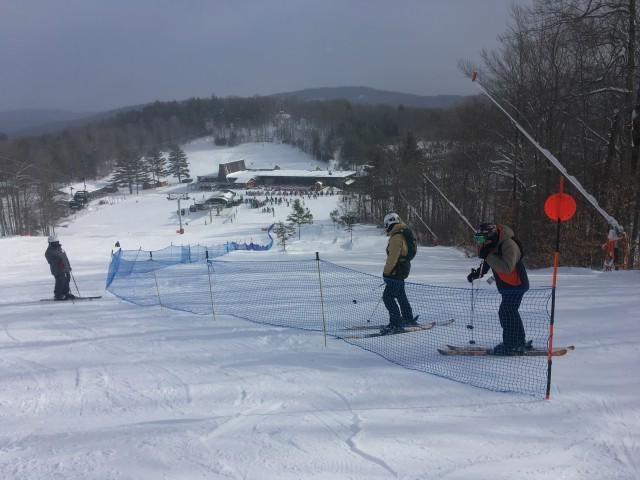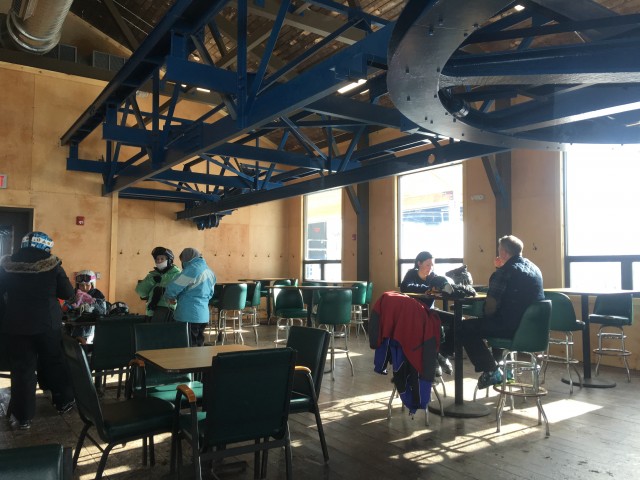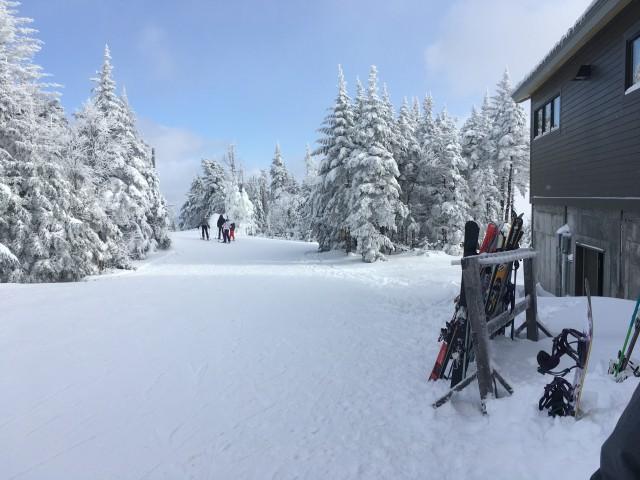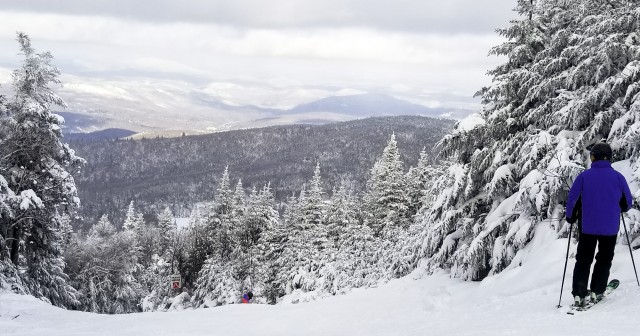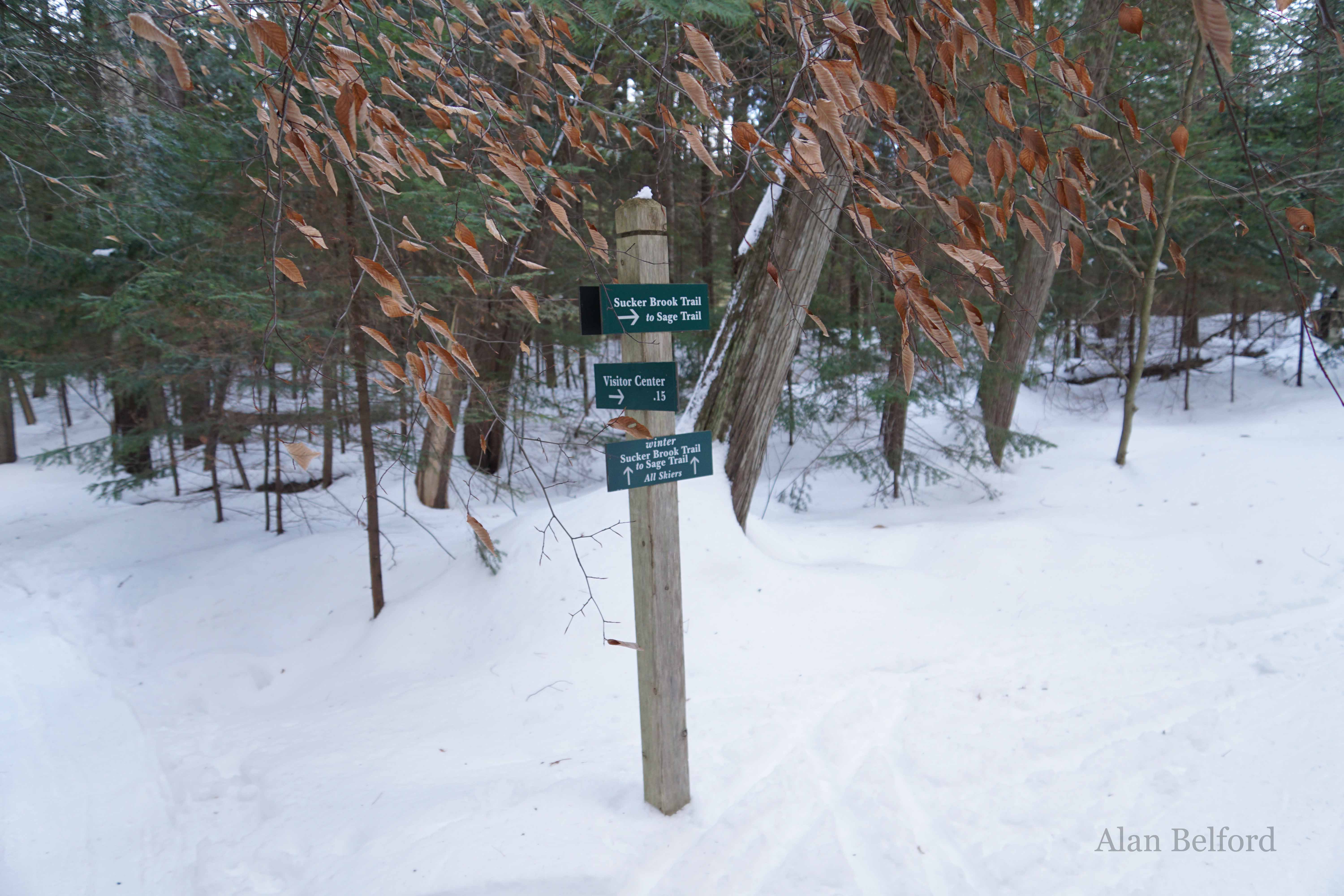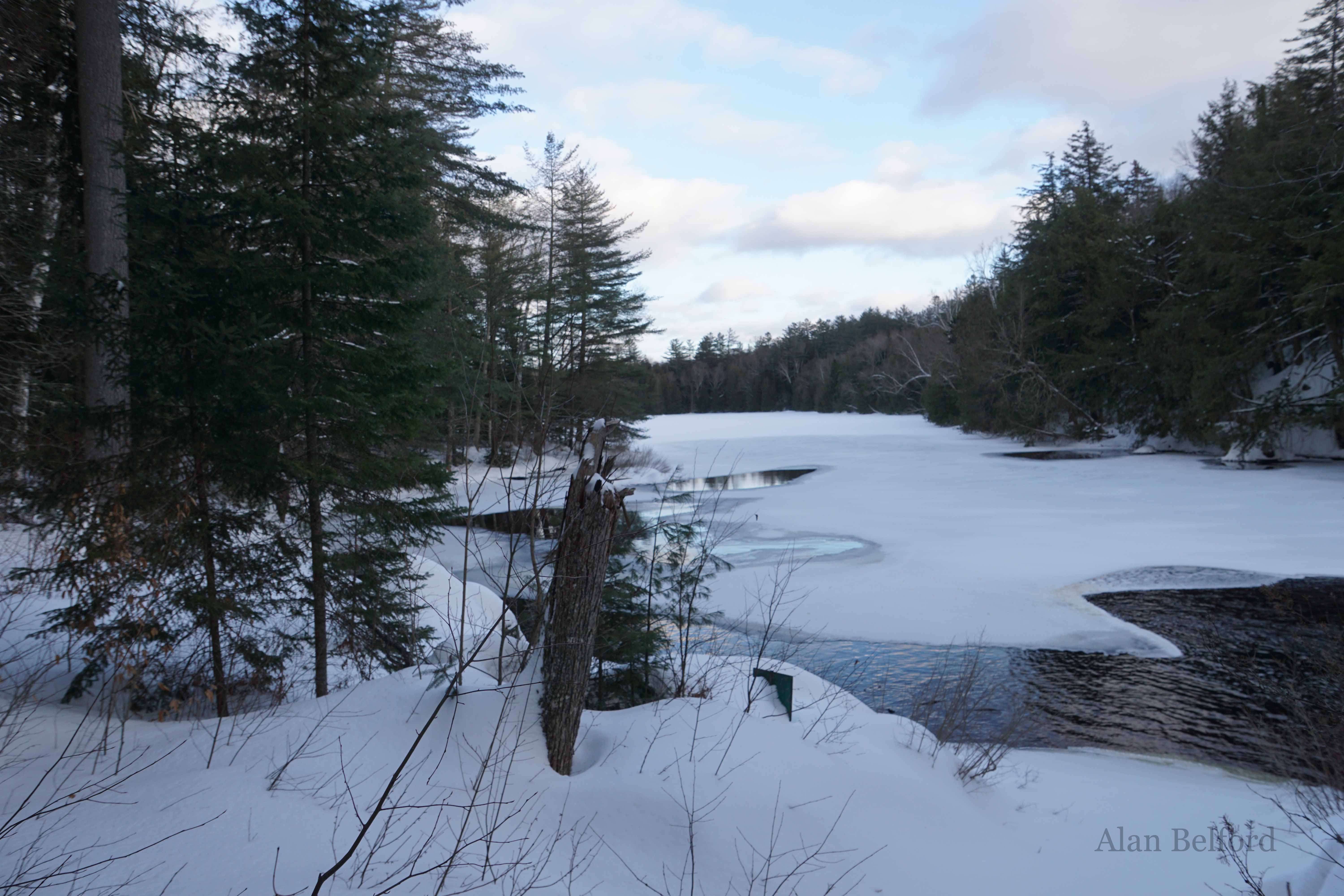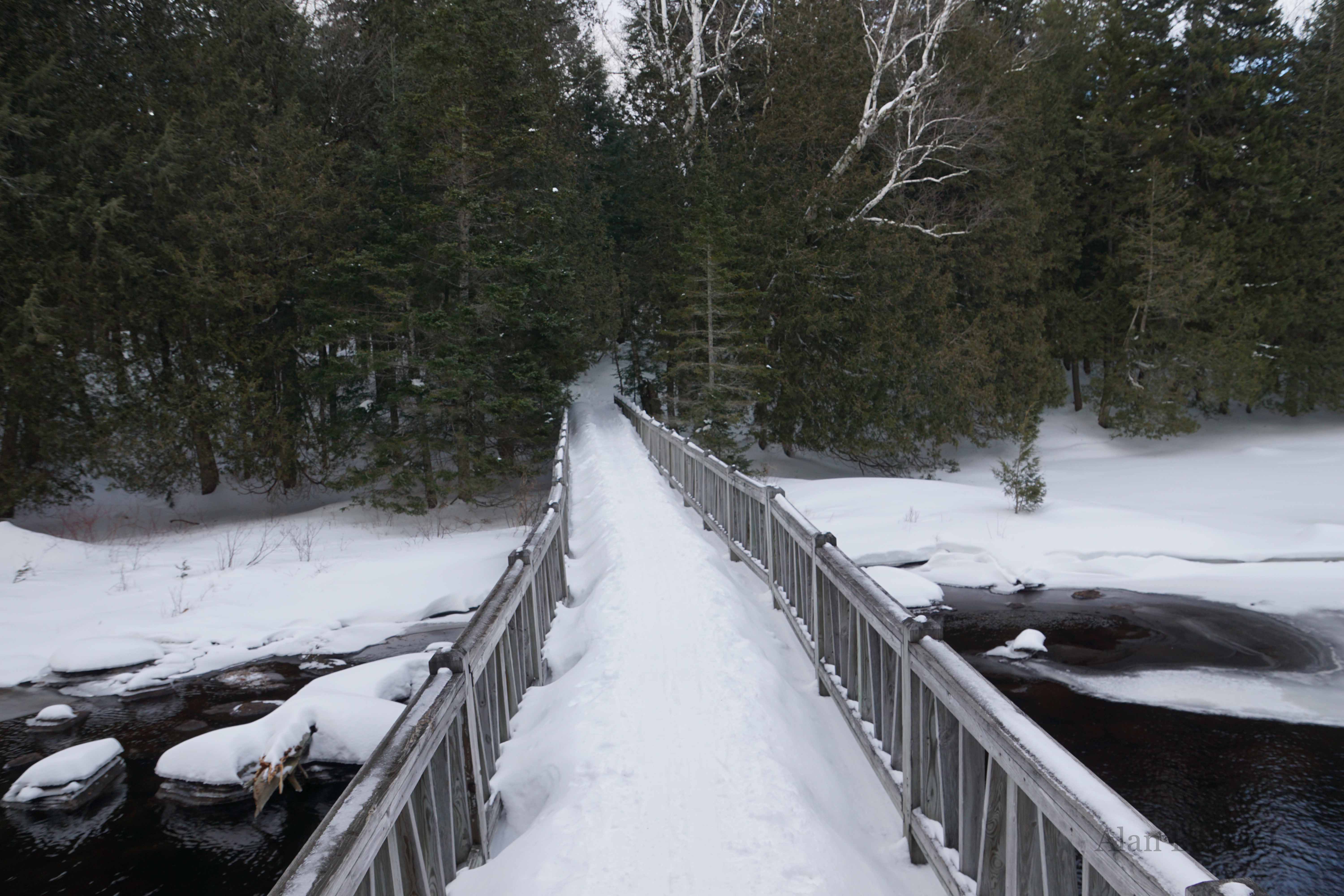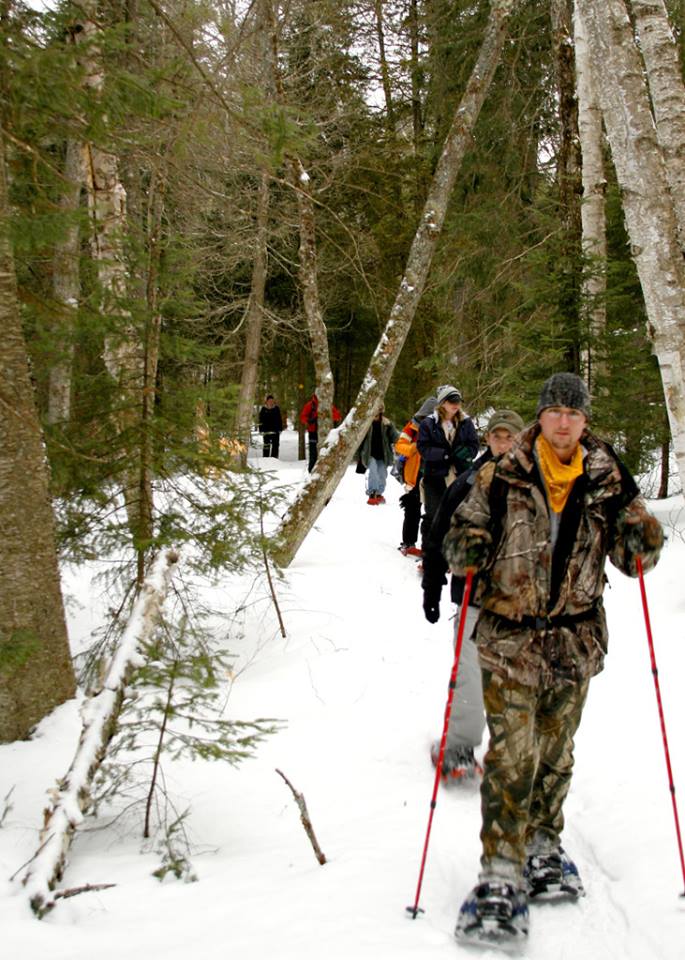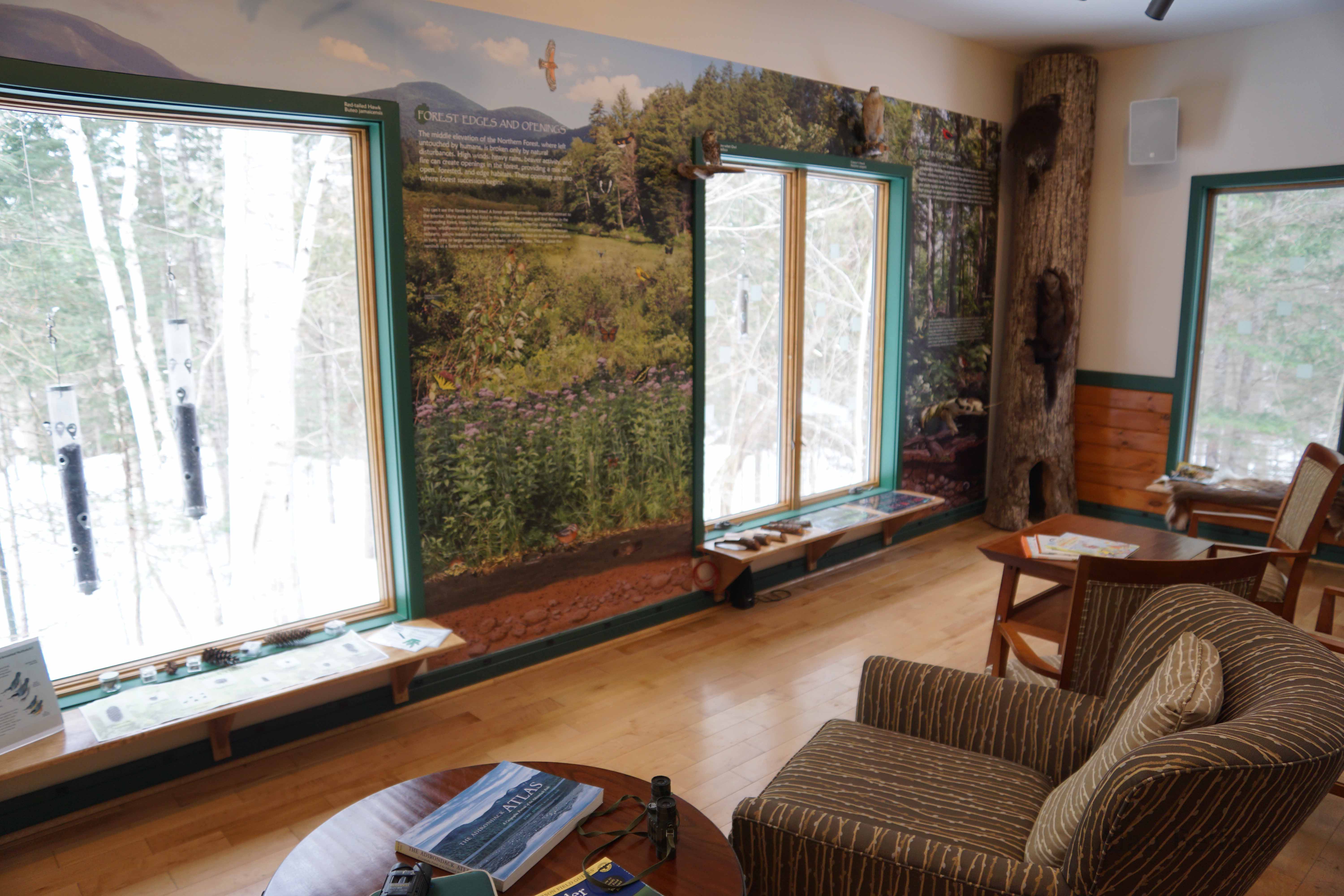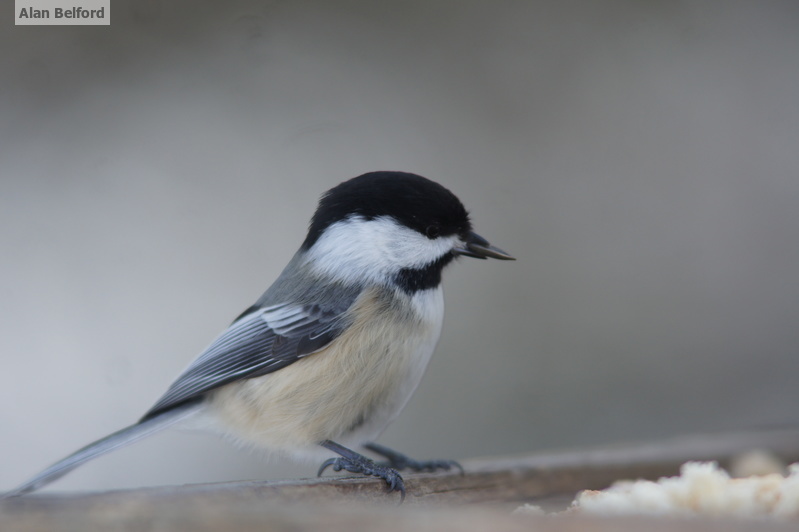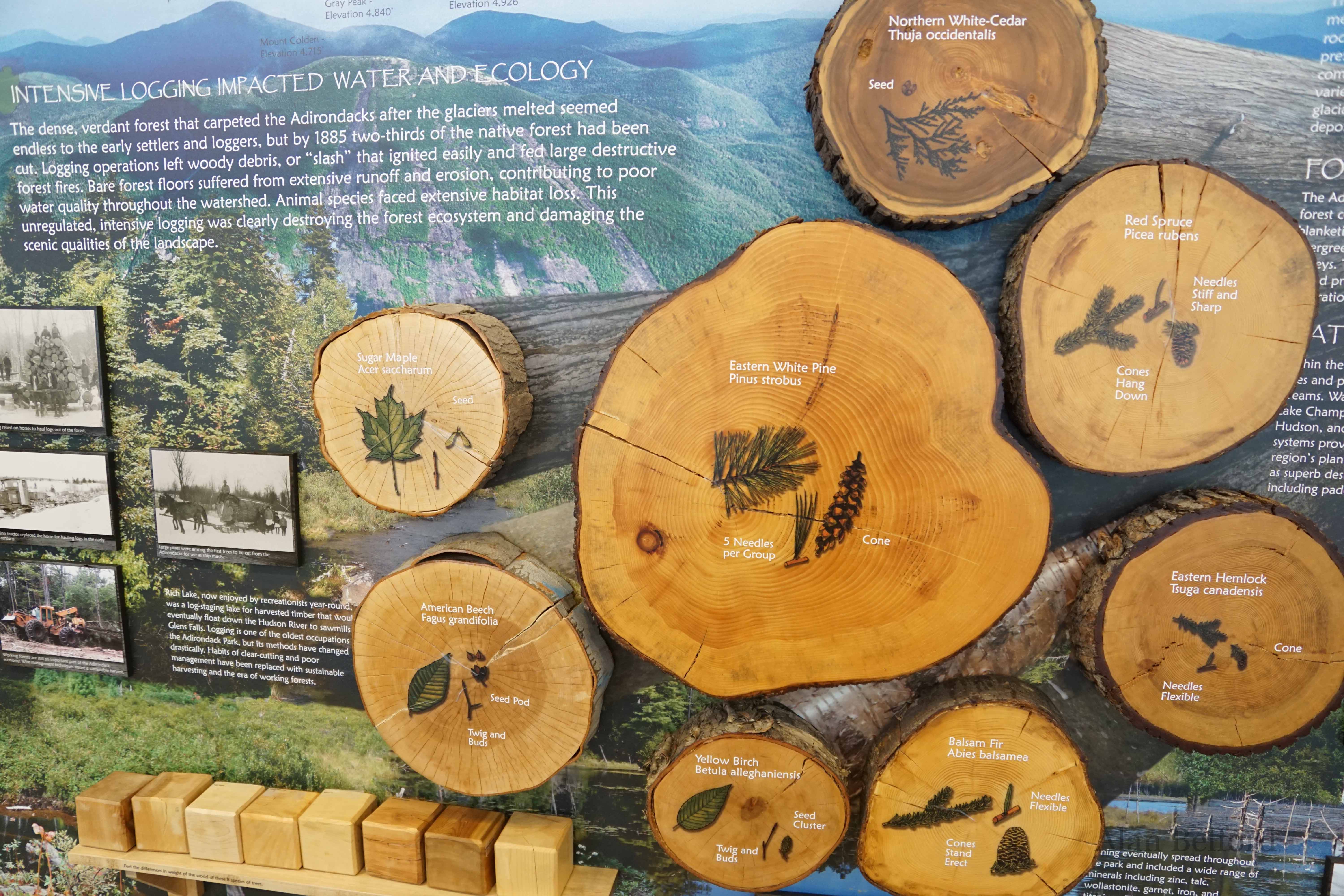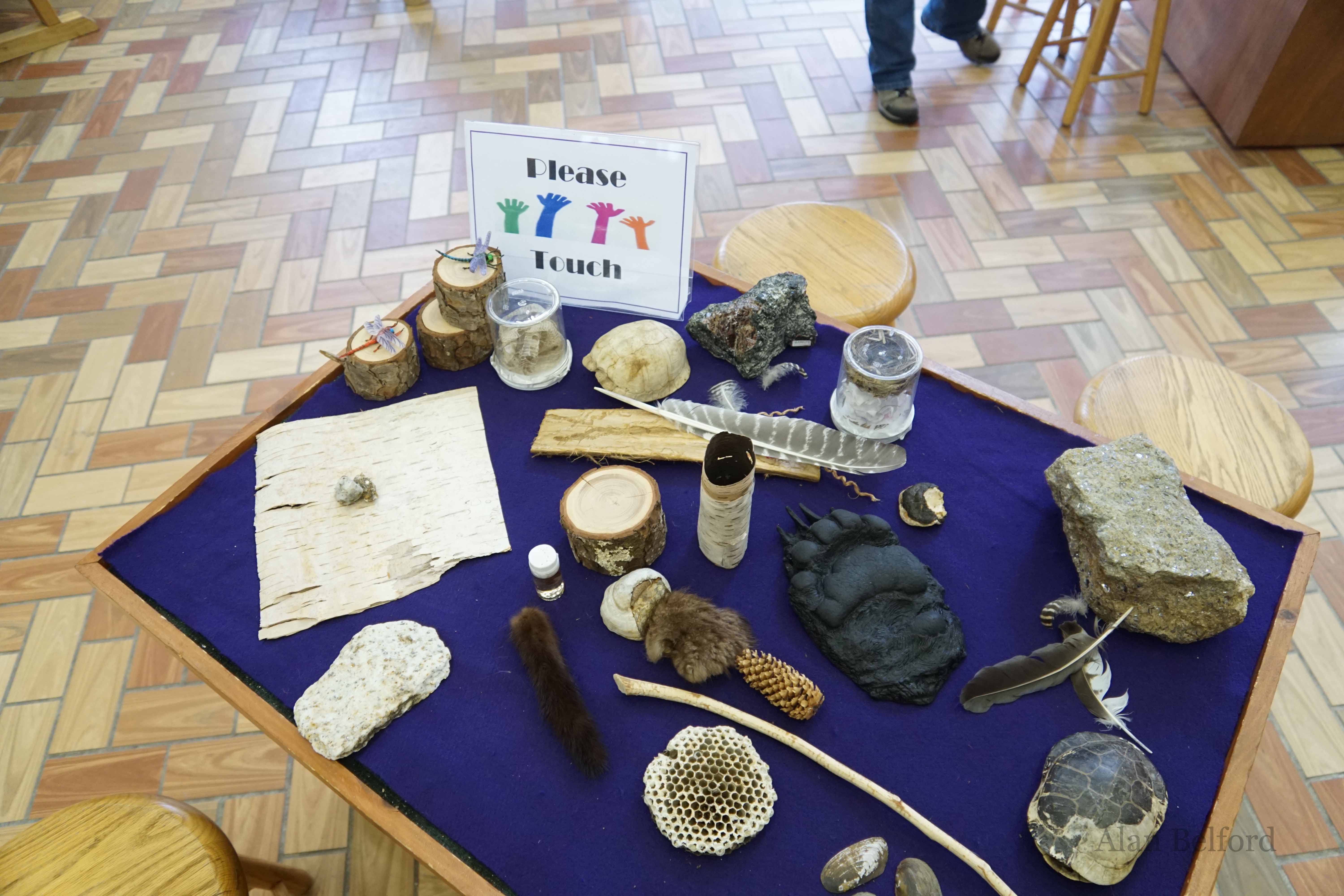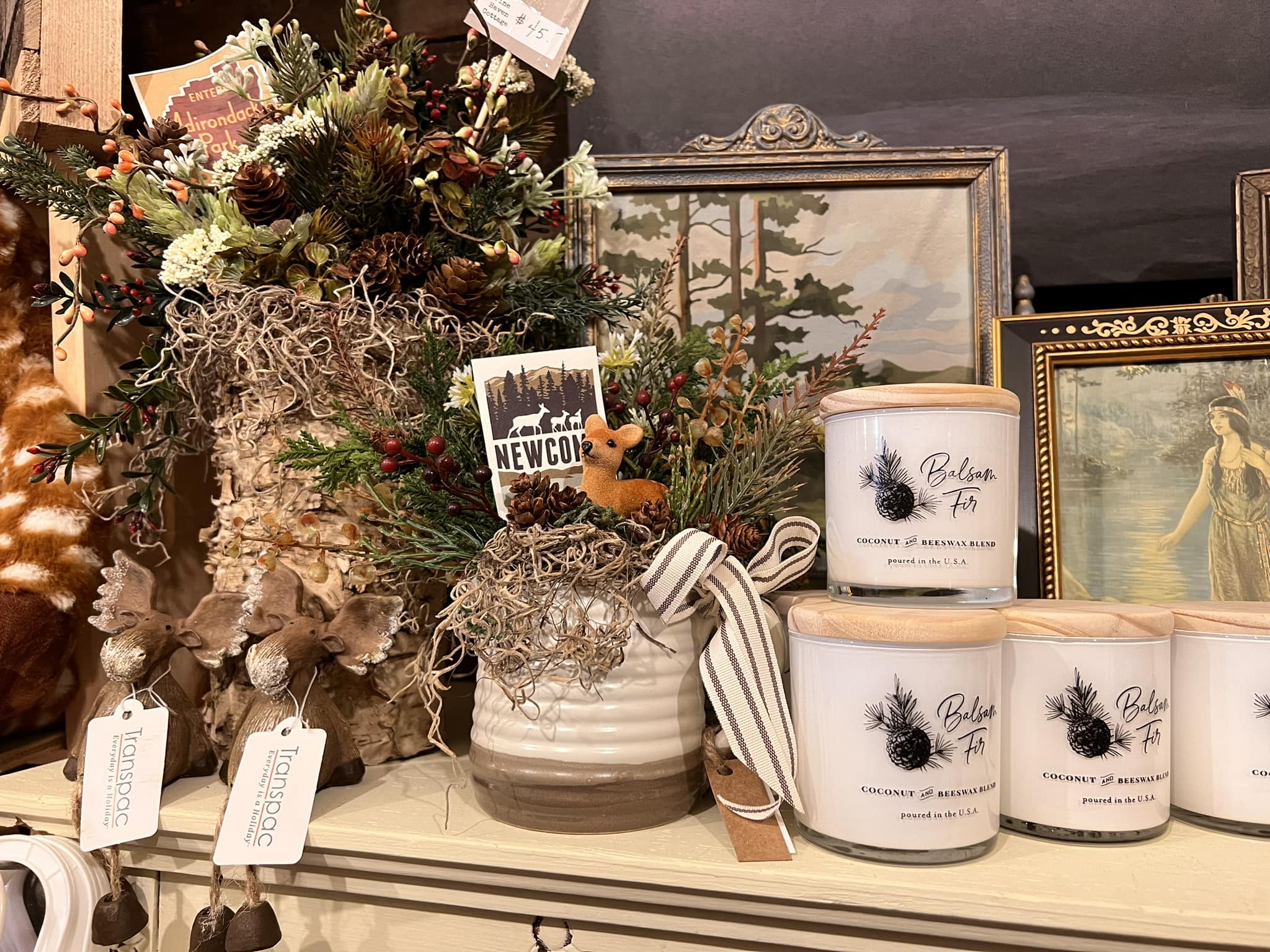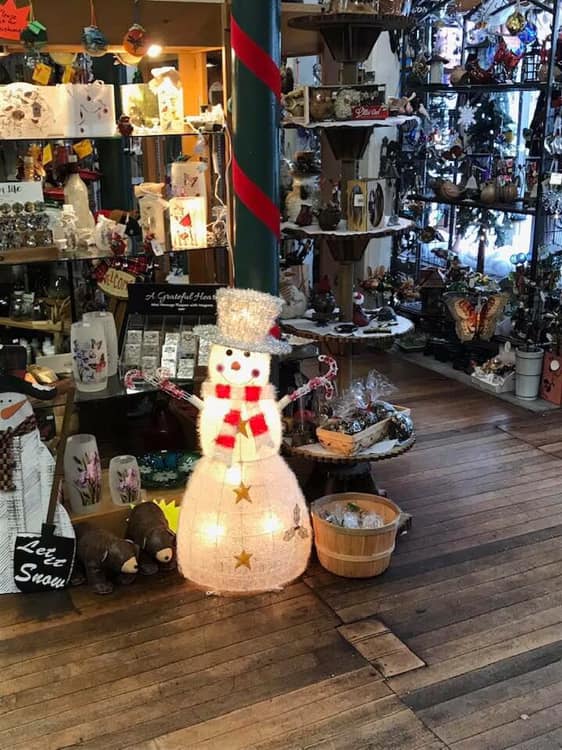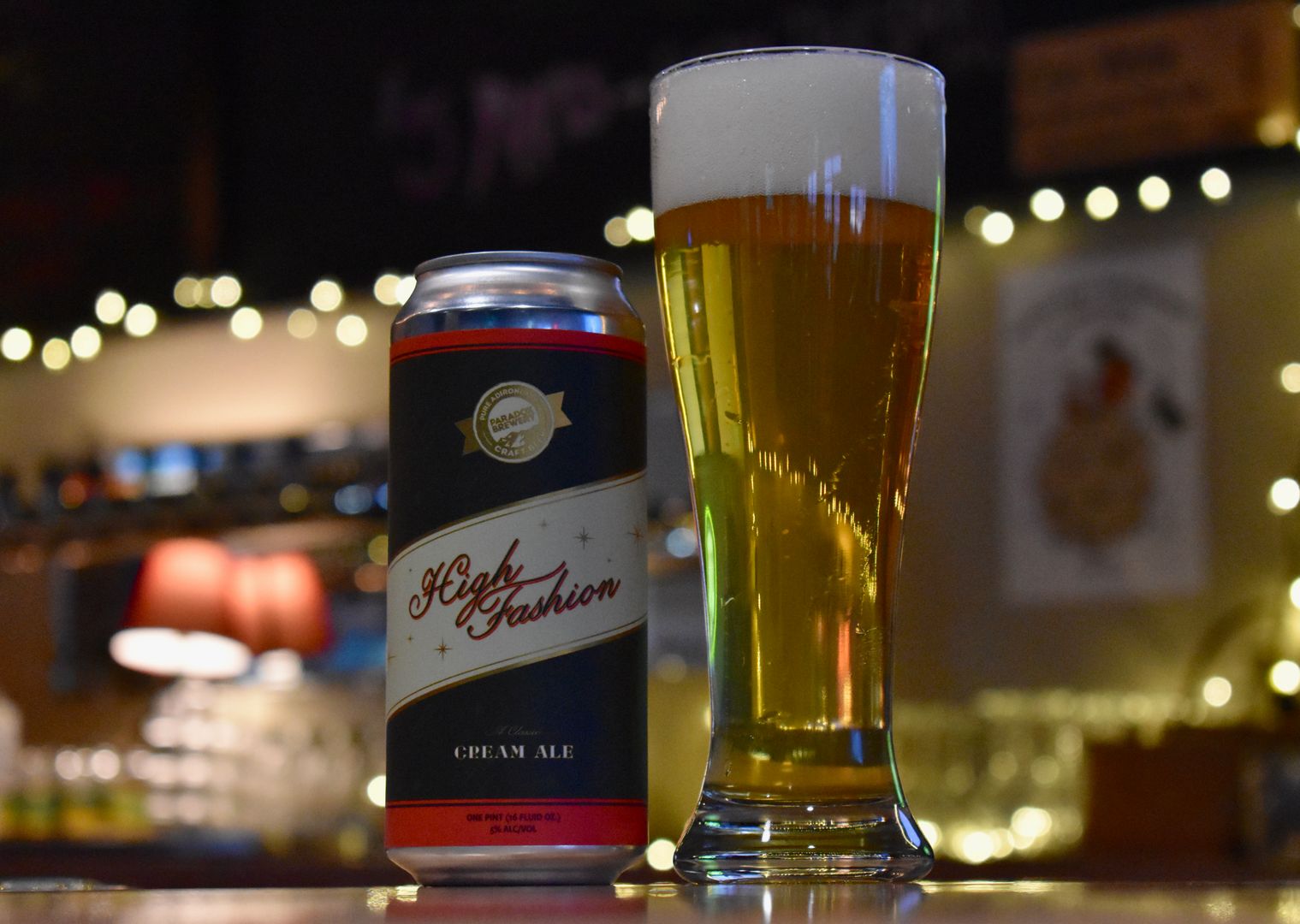The Night We Met in Schroon
Schroon Lake is definitely a place for romance! Not one, but two, deeply romantic pictures have been shot in Schroon Lake. Schroon Lake is a cute little town that is just made for strolling around, hand in hand. Enjoy a day at the beach, a hike in our winter wilderness, or the gorgeous display of fall. In any season, there's a sunset over the mountains, and a night out with fine dining.
Long night at Schroon Lake
The Night We Met is an award-winning indie film. Two young people meet and explore their mutual attraction in the gorgeous setting of Schroon Lake. The idea for the film came to Tracy Cring from her own past. She was a teenager living in a small town when her little brother summoned her to the phone. The voice was a complete stranger.
"He introduced himself and said he was having a hard time and a mutual friend said I was nice and would listen and help," Tracy said in a newspaper interview via email. And indeed she must have been, because she invited the boy to her house, and they spent much of a night walking and talking.
They dated for a few months.
Even though this had happened 25 years before, the story lingered in Tracy's memories.
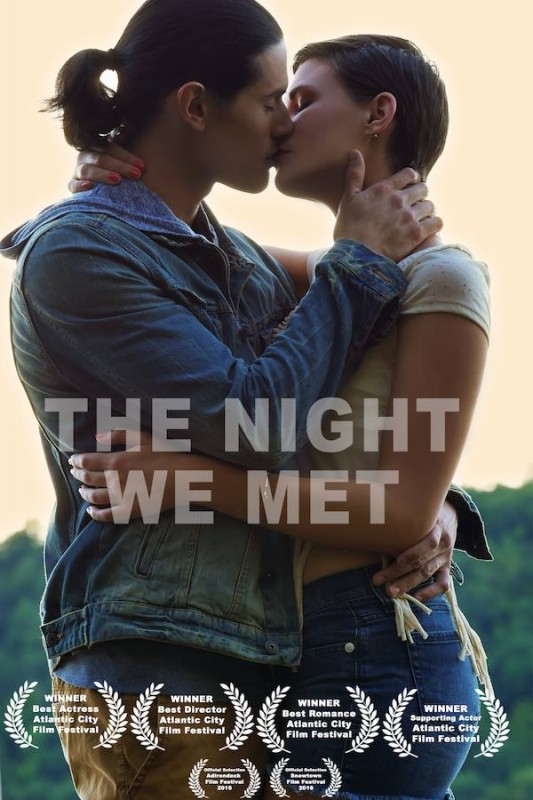
This real-life episode inspired the story of two teenagers who spend a night walking the streets of a small town while forming a strong connection. It was written and directed by Tracy and her husband Jon. During the writing process she realized the story development was also starting to remind her of how she and her husband's relationship developed. “Even though it was based on a night in my life, there is a lot of us in it,” she said.
“I love movies about being a teenager,” Jon said. “You are still unjaded by life but you have enough experience to know not everything is going to work out for you.” This time in a person’s life is a fascinating subject matter for both he and his wife. Or course, it is also a popular theme in filmmaking and storytelling.
The film stars Sarah Byington as Stacey and Lorenzo Rodriguez as her love-interest, Nick. Tracy Cring said that during filming Byington would pick up on her mannerisms and incorporate them into her performance as the female lead. Tracy said it was a surreal experience to see someone play a role she knew was based partly on herself.
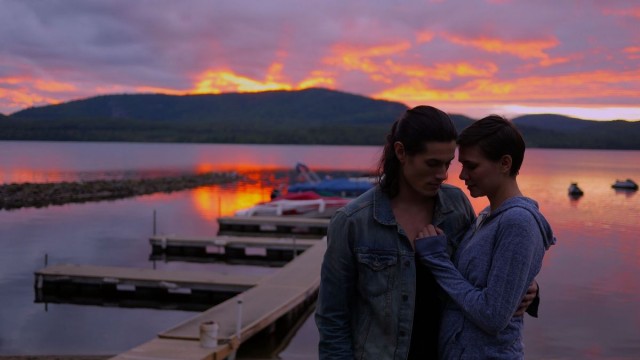
While the movie was filmed entirely in Schroon Lake, that was not the original plan. They were going to film only a few scenes, but after acquiring some additional locations, Schroon Lake became the location for the entire film.
“Schroon Lake really became part of the story,” Jon said. "It's all about the kind of unforgettable night shared by two young lovers that we all had -- or wished we had -- at least once in our youth."
Tracy said she was inspired to write the first drafts of the story when she thought of how she could not remember anything exactly like it had ever been done before onscreen. “It was just one of those times where you are with a complete stranger but you get to know everything about them,” she said. Jon said the movie is really about that moment when you meet someone and the “sparks begin to fly.”
Jon said it's a coming of age tale that still tells a very real story. “There is a sweetness to it, there is a beauty to it, but it doesn’t whitewash relationships,” Jon said. “They deal with some real issues.”
He said he hopes the film is one that an audience will be able to connect with on that same level. And to stir some memories. “I think people are going to laugh, maybe cuddle up a little closer, and maybe reminisce about ‘a night we met’ in their own lives,” Jon said. Tracy added that in the film, "when morning comes, it's left to the audience to decide the fate of the two lovers."
See if the charm of Schroon Lake will add a bit of magic to our own romance.
Love at an Adirondack camp
In 1958, the romantic musical Marjorie Morningstar was shot in Schroon Lake. The novel was extremely popular when published in 1955, becoming a best-seller and putting the author, Herman Wouk, on the cover of "Time" magazine. So it was inevitable that there would be a big movie.
It was set at a classic Adirondack summer camp. Gene Kelly plays the social director who charms camp counselor Natalie Wood, in her first adult role after a successful career as a child actress.
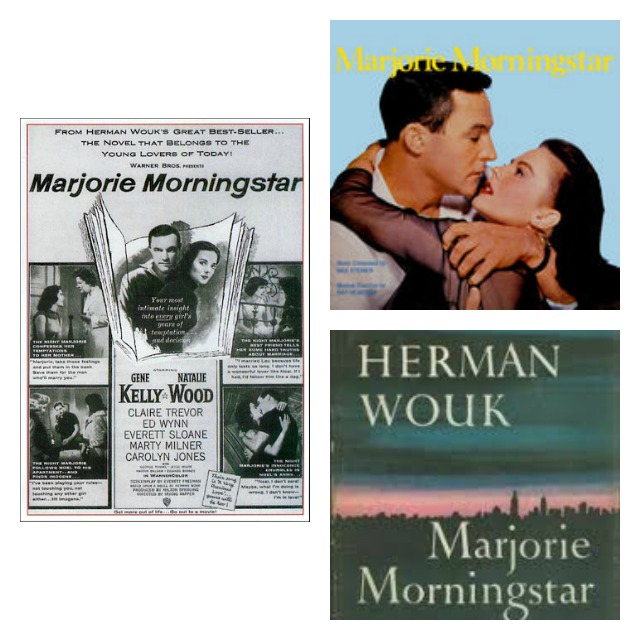
While the book was set in the 1930s, the movie modernizes the setting to modern day; and made the conflicts those of modern life of the time.
She is in the throes of adolescent indecision; should she follow her dreams, which now include this dashing man? Or should she choose a "safe" man and a conventional life?
Scaroon Manor, a gem of its time, was chosen as the setting for the camp. Of course it had famous entertainers, delicious food, and plenty of activities. What set Scaroon Manor apart was its owner, Joseph Frieber. This Hungarian restaurant owner was a flamboyant personality who made Scaroon Manor a sought-after destination.
He loved to give tours of his all-stainless-steel kitchen. There was a two-orchestra open-air theater. Air conditioning was hardly needed, but he plugged it into every room. The lake had speedboats and water polo, a golf course, and on-site hairdressers so the ladies would always look their best. He distributed heart-shaped promotional brochures.
Locals fondly remember the movie, where they worked for $125 a day, a sumptuous sum that included enjoying the amenities of the resort, if they weren't needed for filming.
The movie received an Academy Award nomination for Best Song (A Very Precious Love) sung by Gene Kelly. Gene Kelly and Natalie Wood were believeable despite their differences in age; a tribute to the skill of both performers.
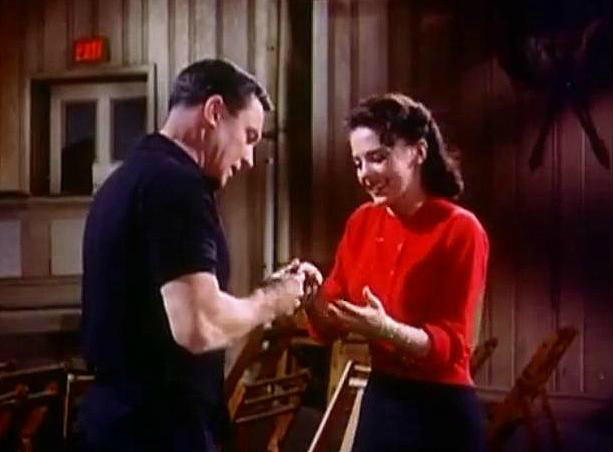
Many believe it was Natalie Wood's singing and dancing in this film that opened the door for her to star in West Side Story.
Today, this resort is now the Scaroon Manor State Campground. It is a particularly well-equipped campground for those with mobility challenges, with all campsites, showers, and restrooms being accessible.
And the amphitheatre from the movie is still there. We can stage our own musical!
Craft your own romance
The Adirondack Hub has a long history of being a great place to get away to. Lovers of all kinds are welcome to stroll quaint communities, sun themselves on spectacular beaches, and maybe -- if the stars are right -- make a deep connection at the lovely little gazebo by the water in Schroon Lake. It is the site of many proposals and weddings.
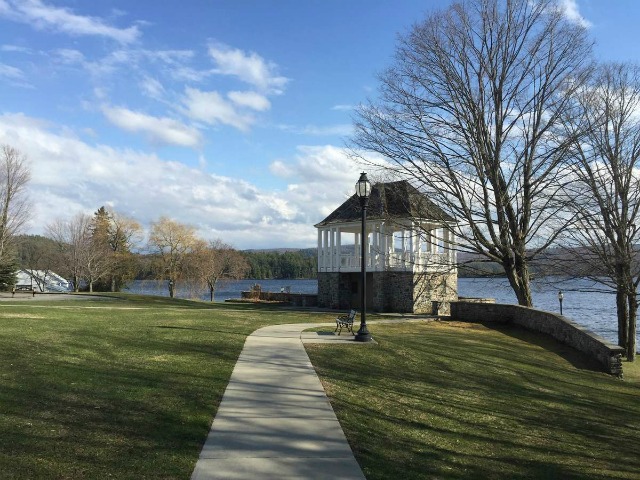
Here in Schroon Lake, romance is always in the air. Find romantic lodging. Indulge in some cozy dining. And fall in love again and again.
